Looking for the Best Consultancy in Nepal for USA 2026 with Scholarships? NIEC offers top-tier counseling, application support, complete visa guidance, and post-study advice to help you succeed.
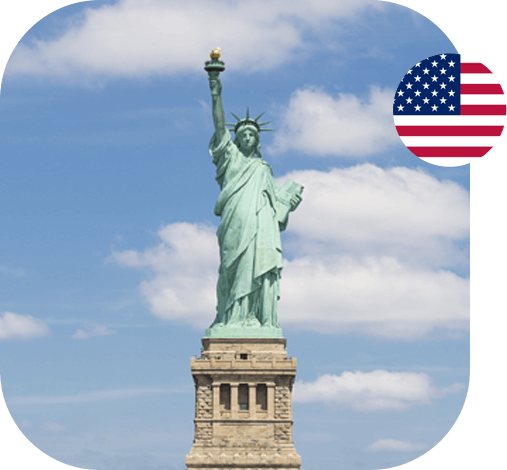
The United States of America is located in North America bordered by the Atlantic Ocean in the east, the Pacific Ocean in the west, Canada in the north, and Mexico in the south. The geography of the United States is varied with mountains in the west, a broad central plain and low mountain in the east. The Statue of Liberty, the White House, and the Bald Eagle are just some of the iconic images that may come to mind when students think of the United States of America (also known as the US or America).
America consists of two continents, North America and South America. Central America, the Caribbean and Greenland are considered part of North America. With an area of 42.55 million km² (16,428,000 sq. mi), America covers 8.3 percent of Earth’s surface area with around 325 million people living in the US.
Many US cities – including Houston, New York, and Los Angeles – have large and vibrant African-American, Hispanic, and Asian communities. Some of the major and largest cities in the US are New York, Los Angeles, Chicago and Houston.
Getting to the Best Consultancy in Nepal for USA 2026 is of utmost importance for those looking forward to making an application in the USA. NIEC is one of the foremost consultancies, with expert opinion and guidance throughout the application and visa process and beyond. NIEC is the Best Consultancy in Nepal for the USA, offering every possible support and cooperation to accomplish their academic aspirations and ease into studying abroad. With NIEC, your journey to success in the USA is guaranteed.
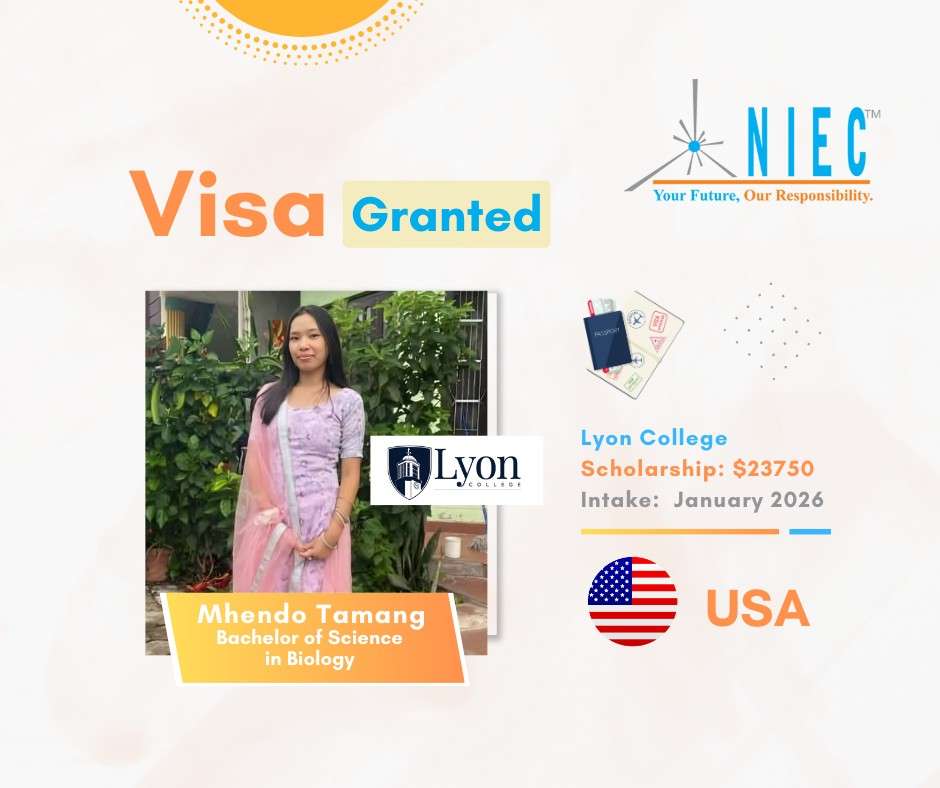
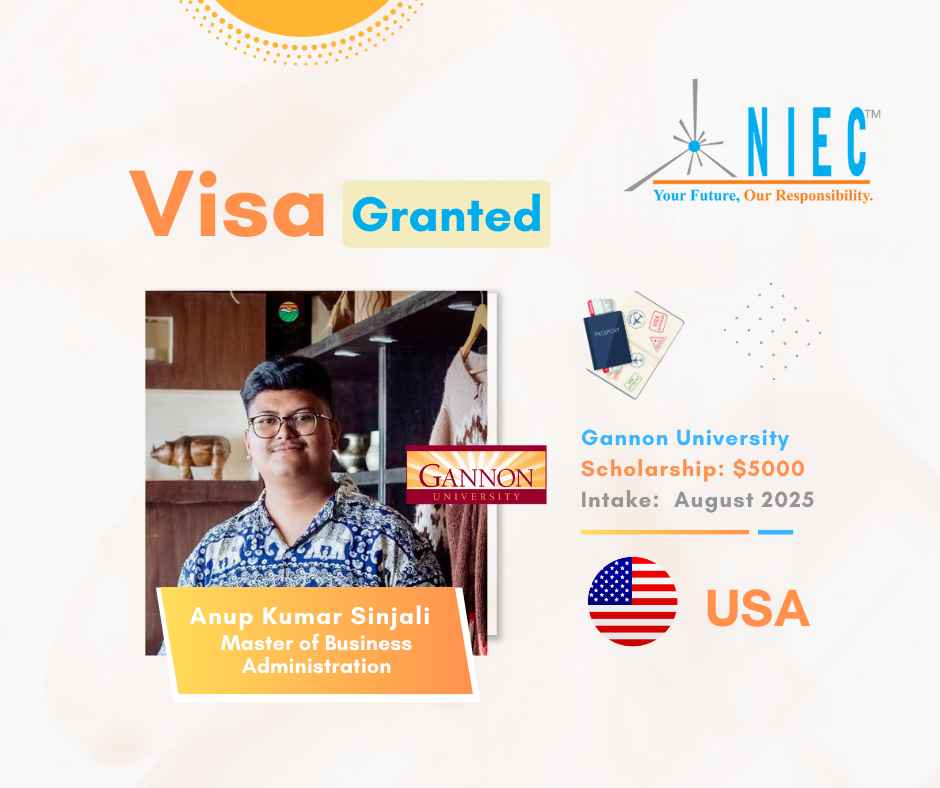
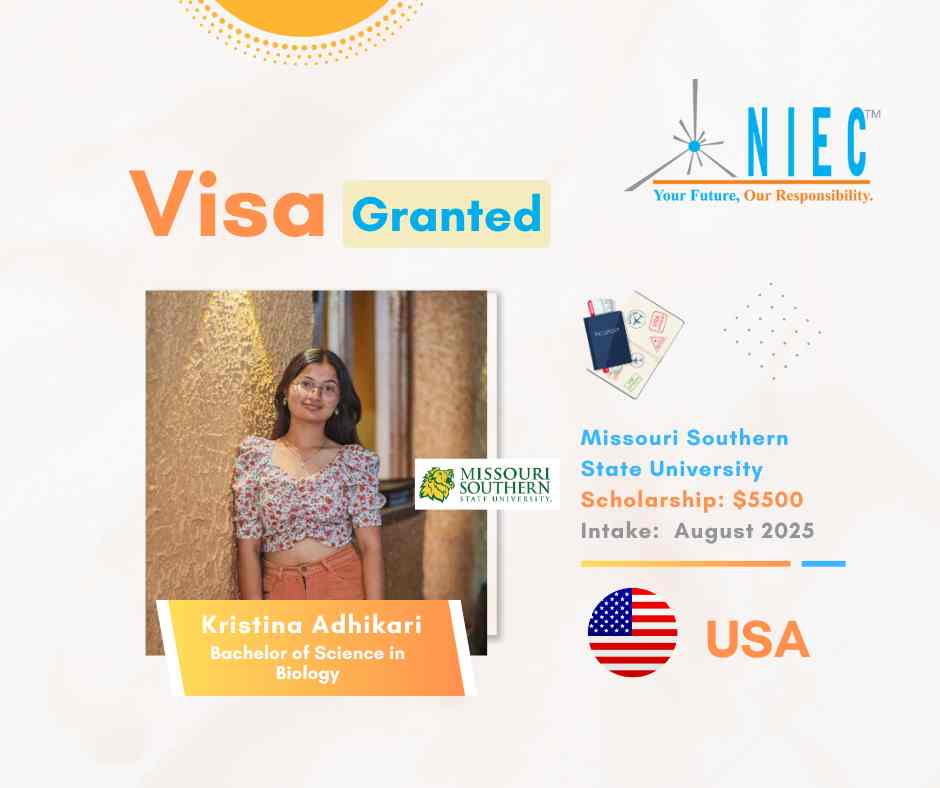
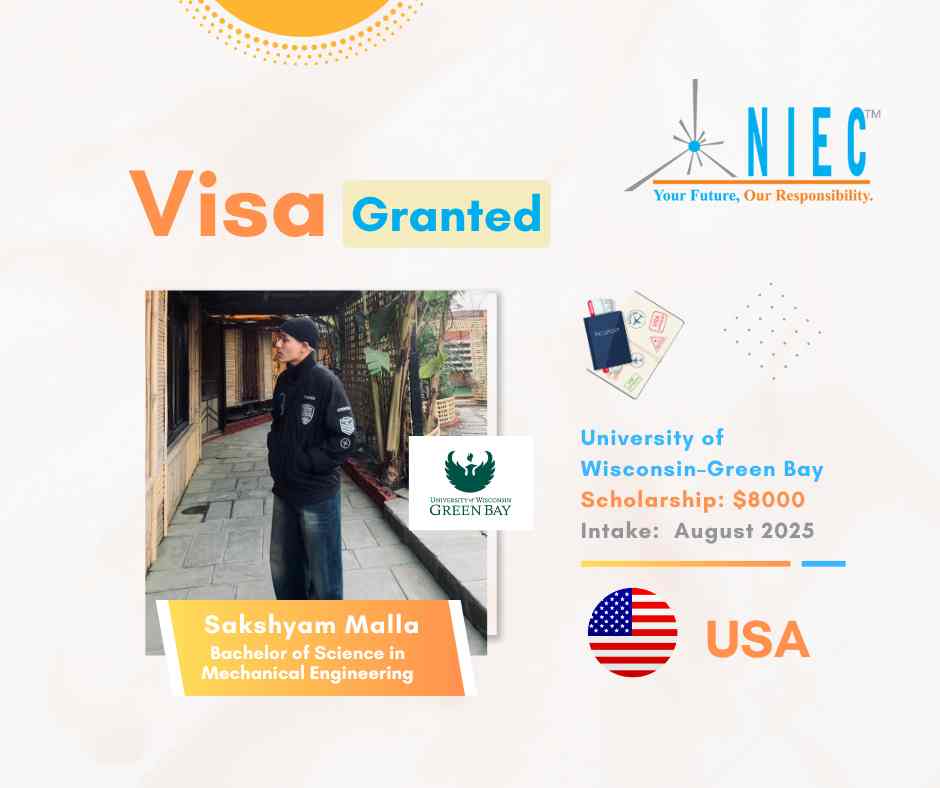
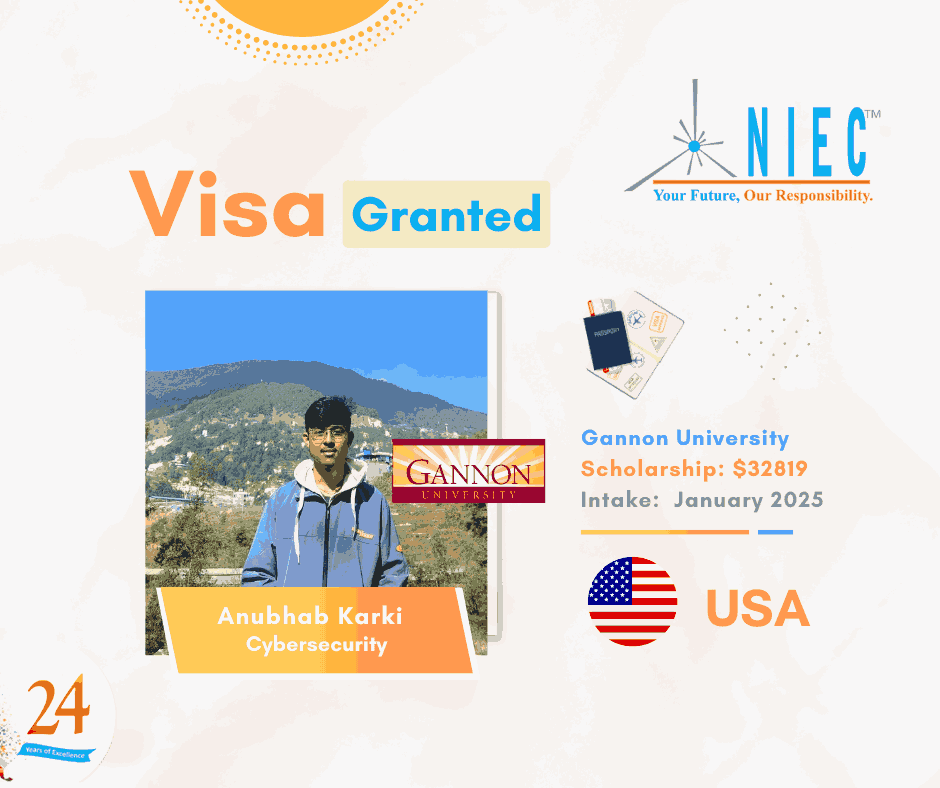
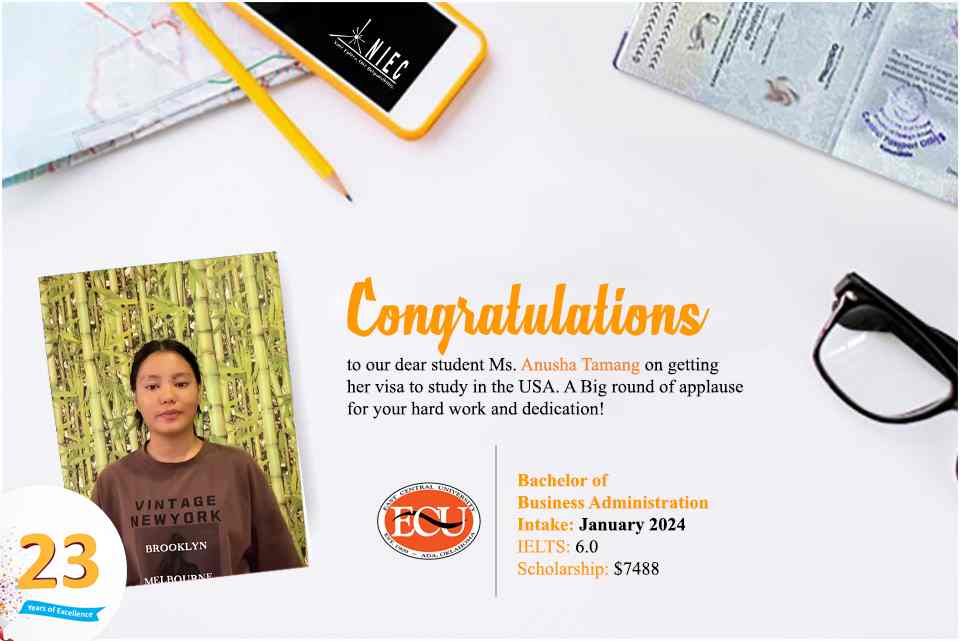

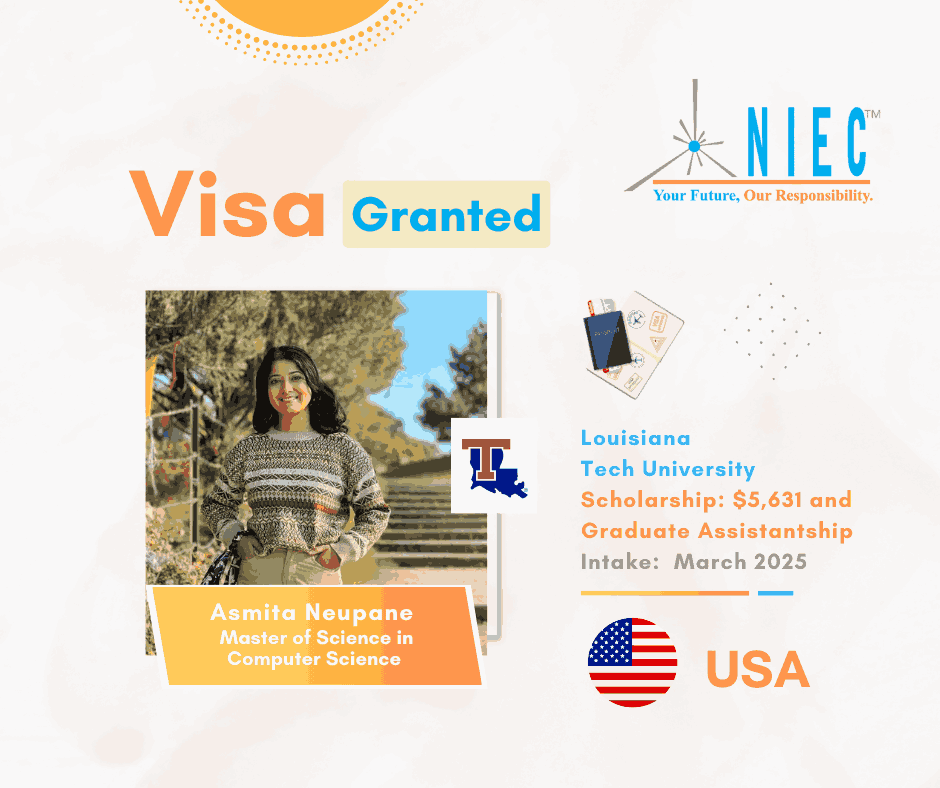
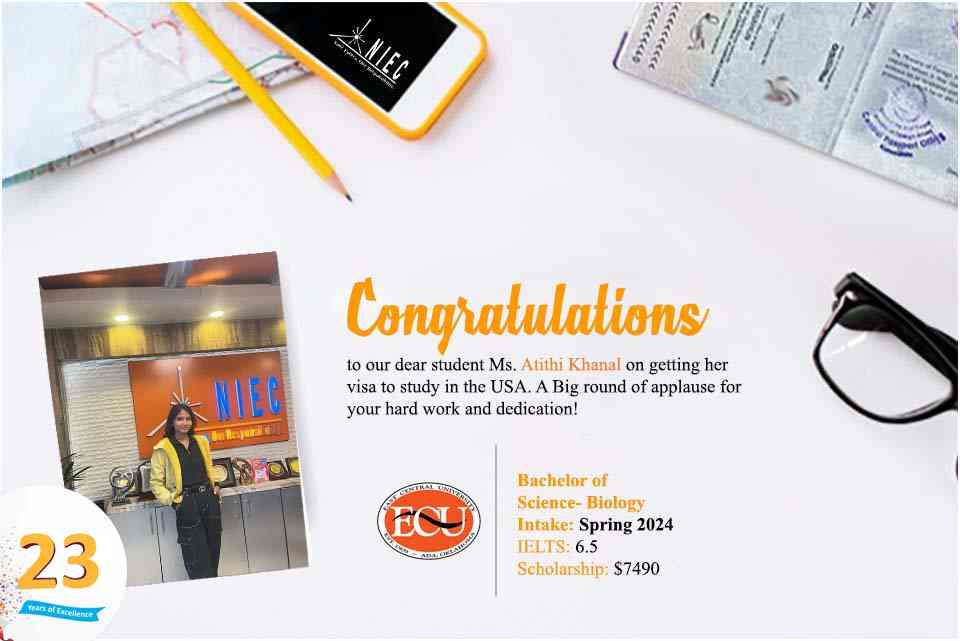
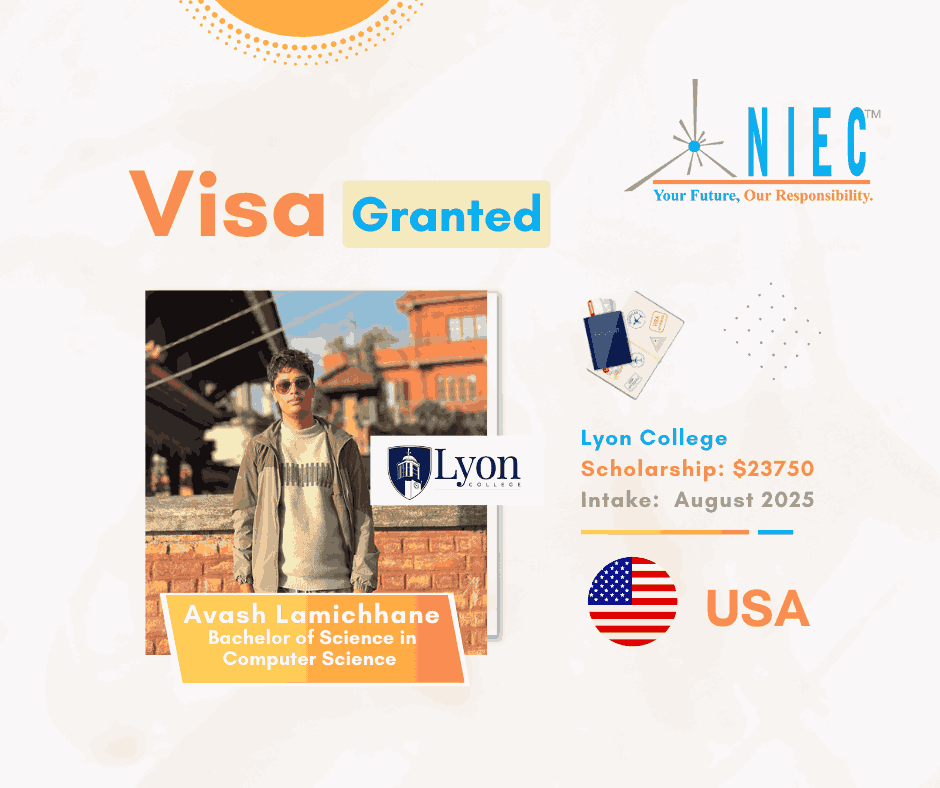
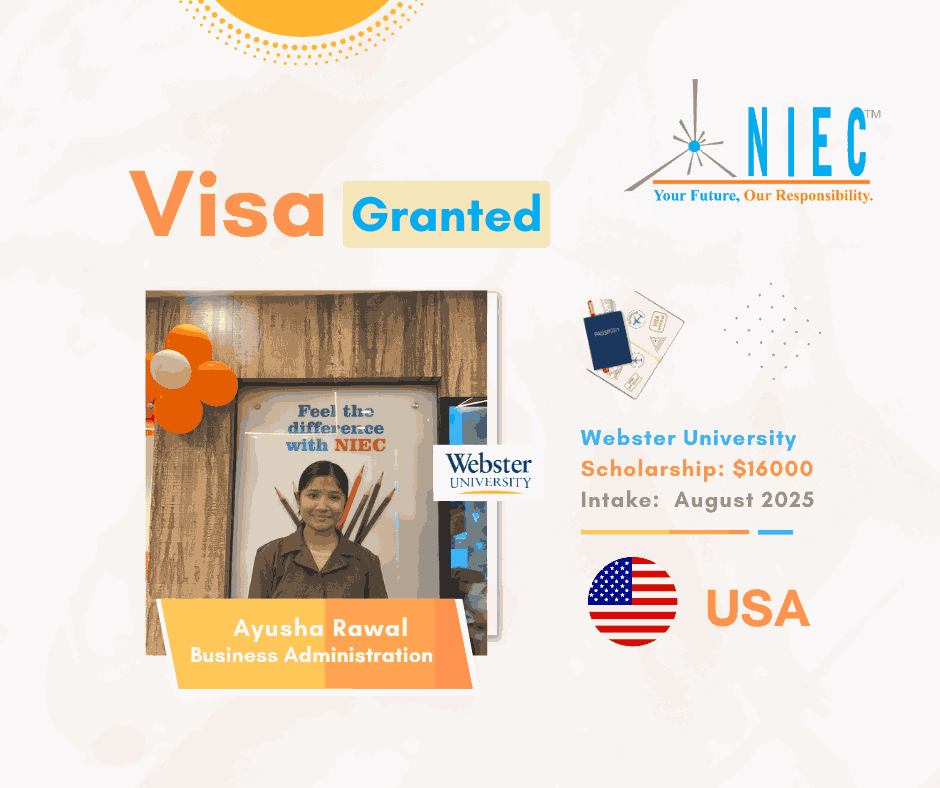

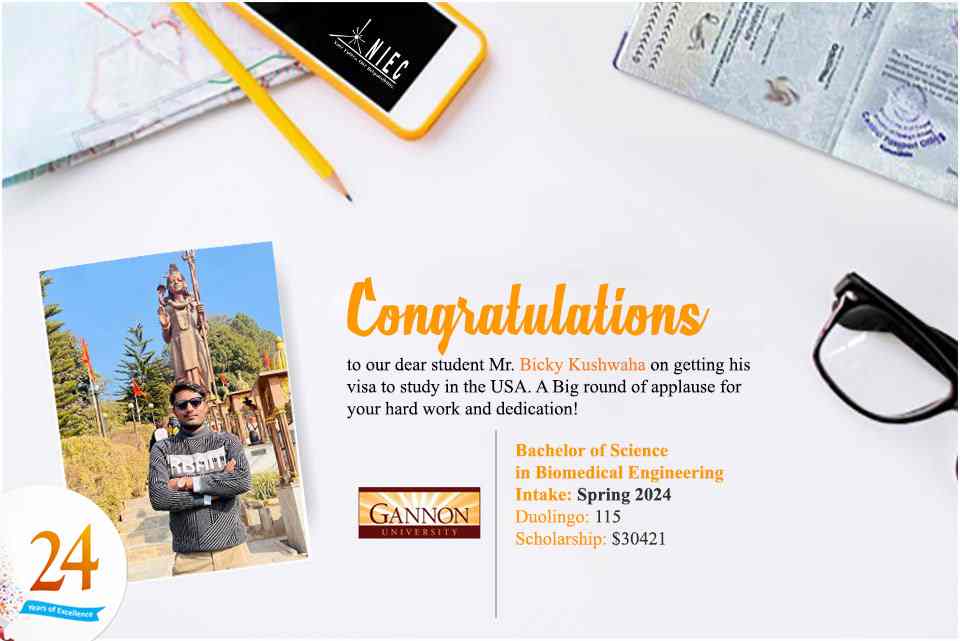
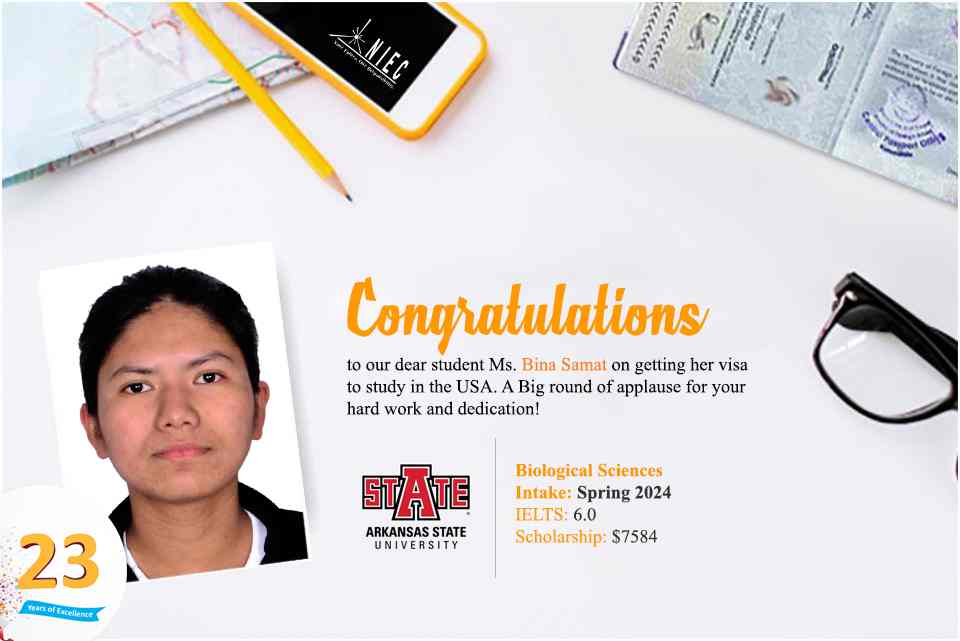
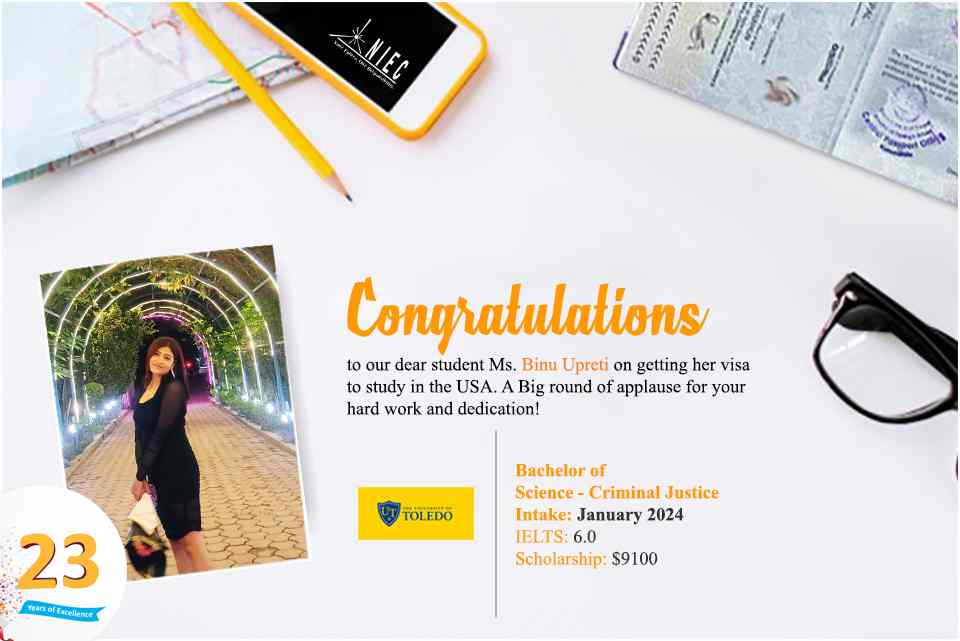
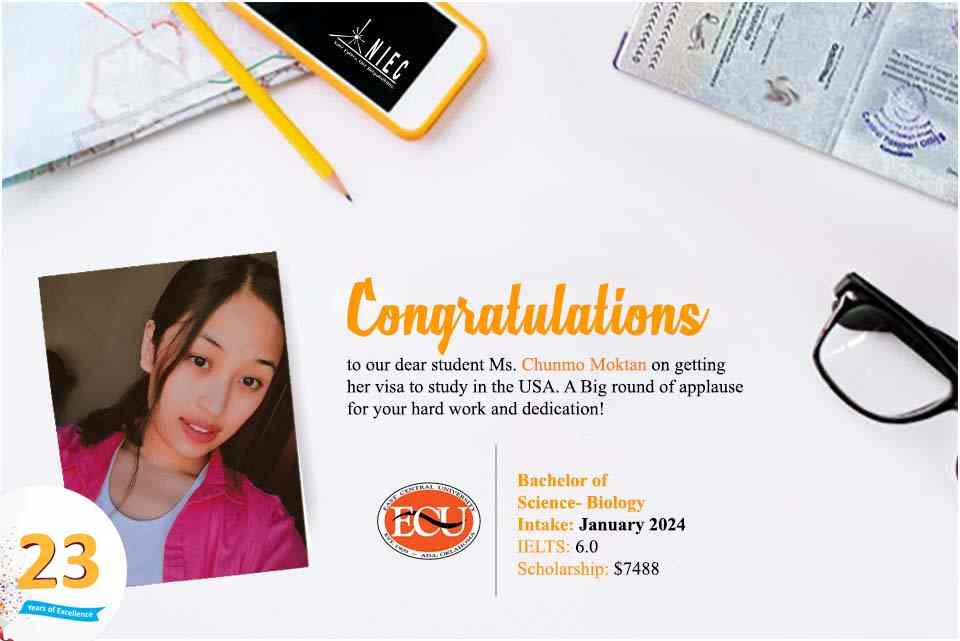
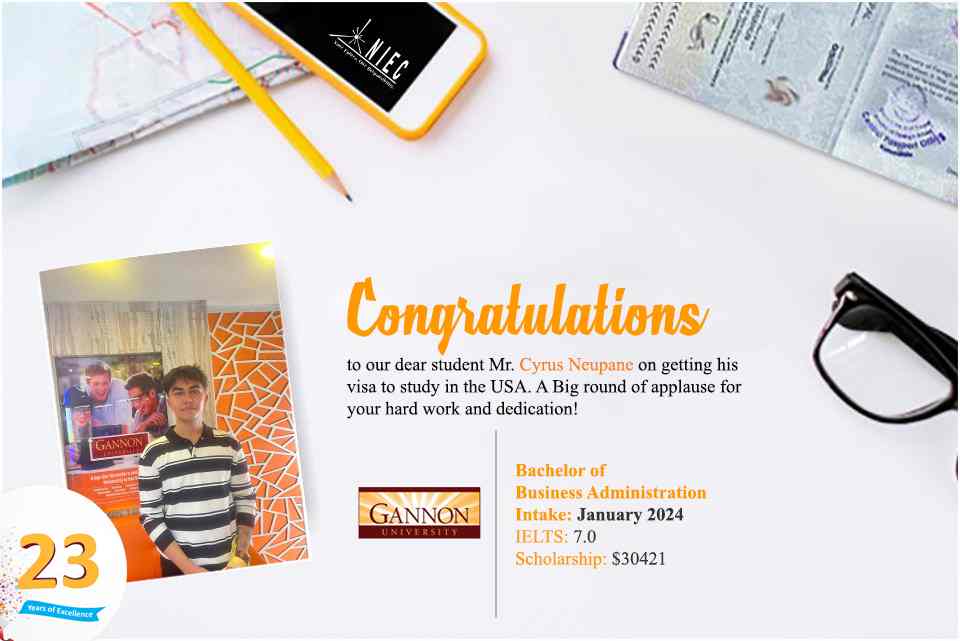

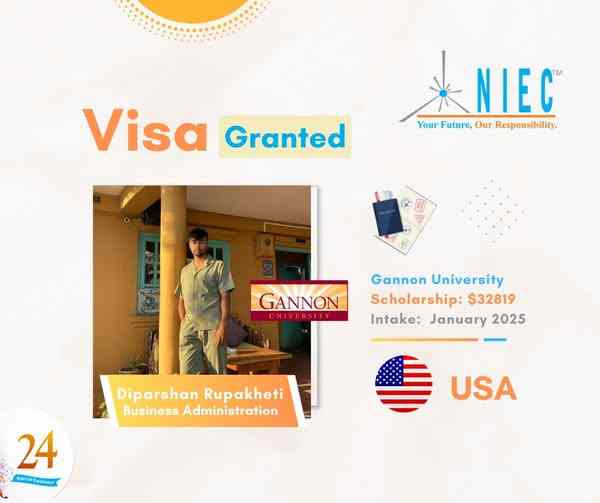
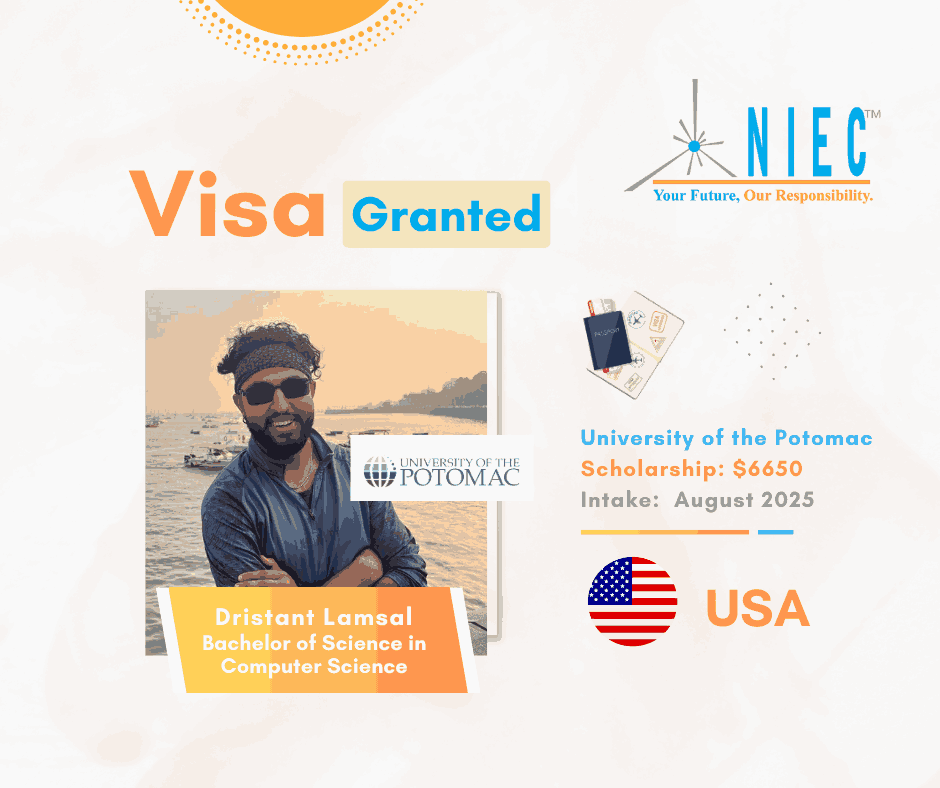
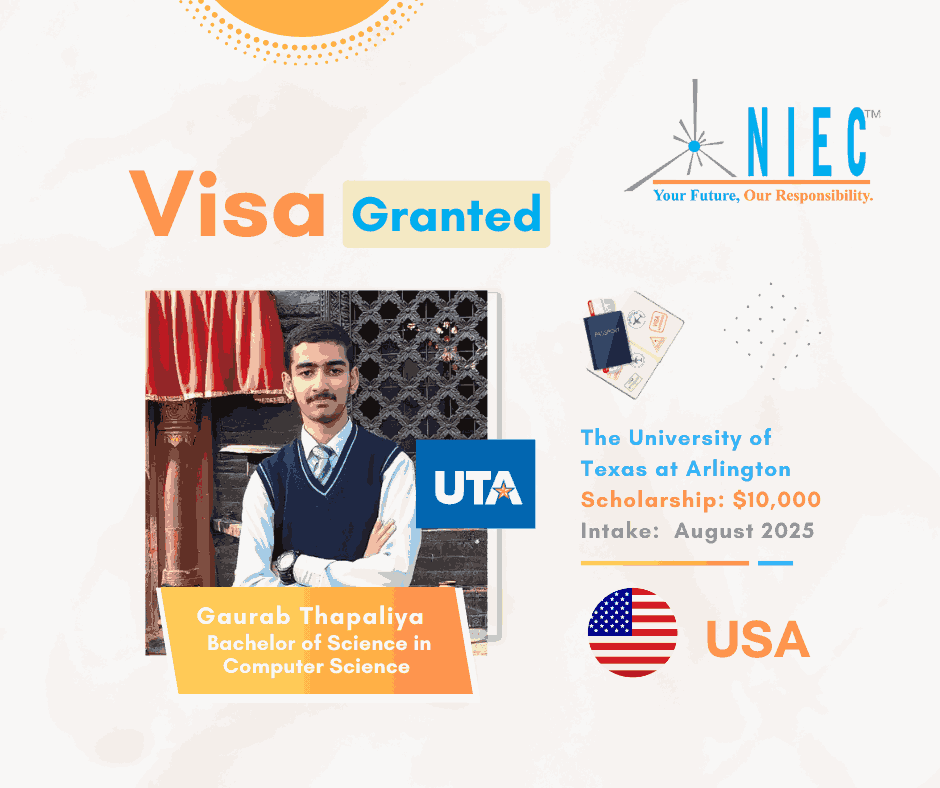
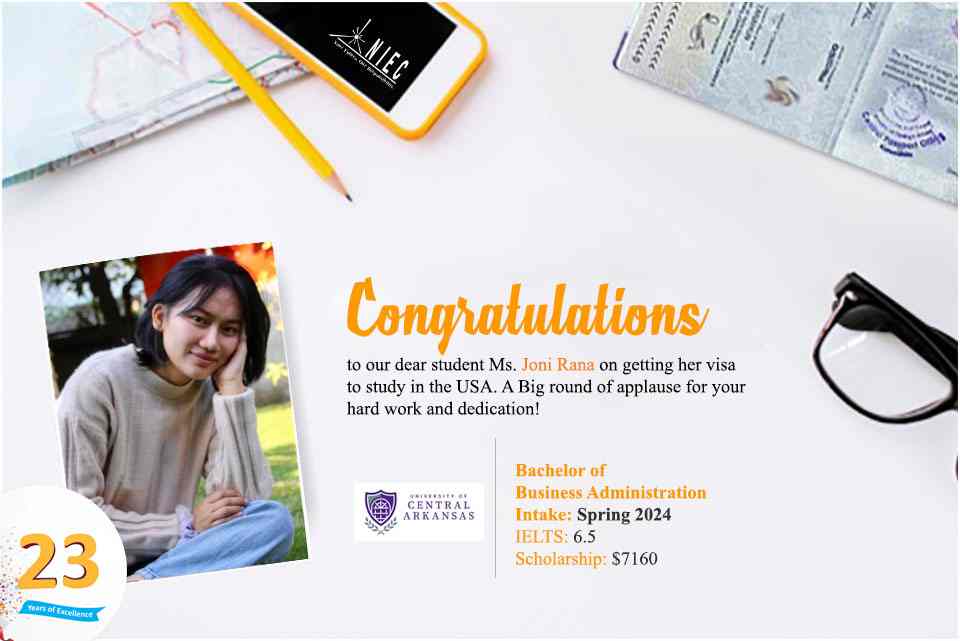
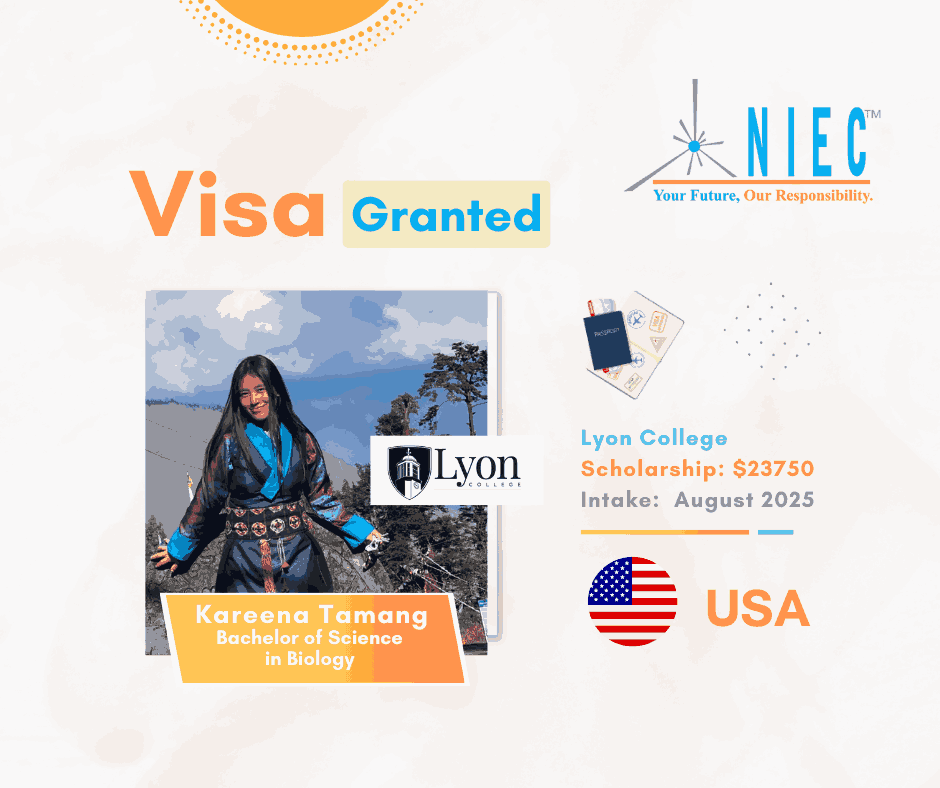
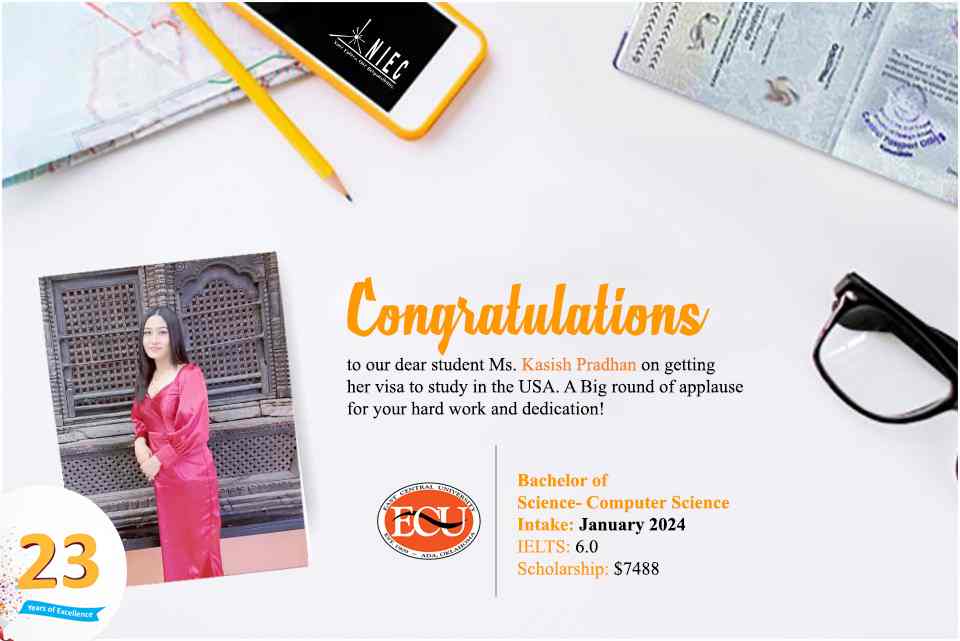
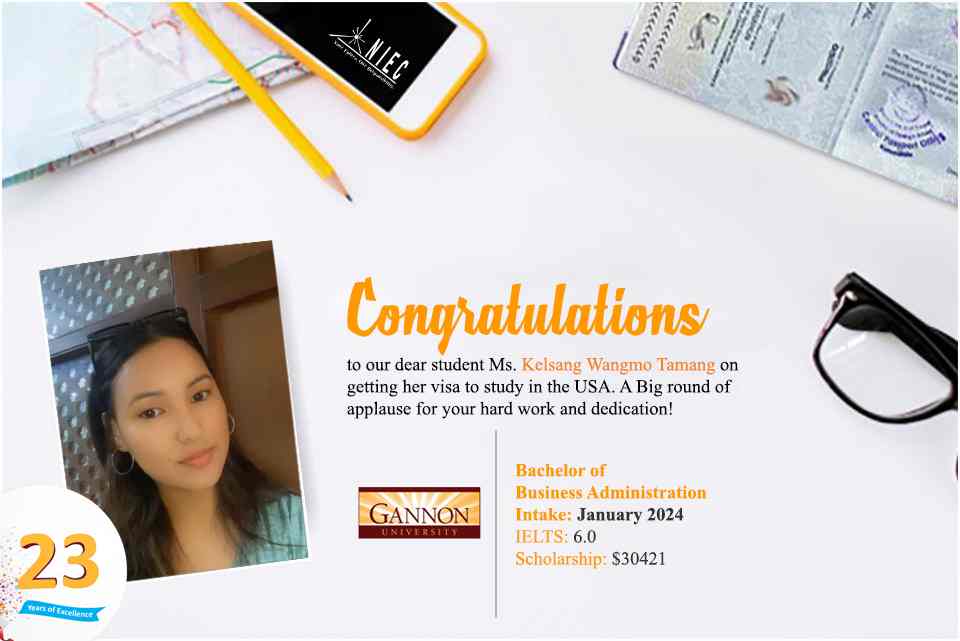
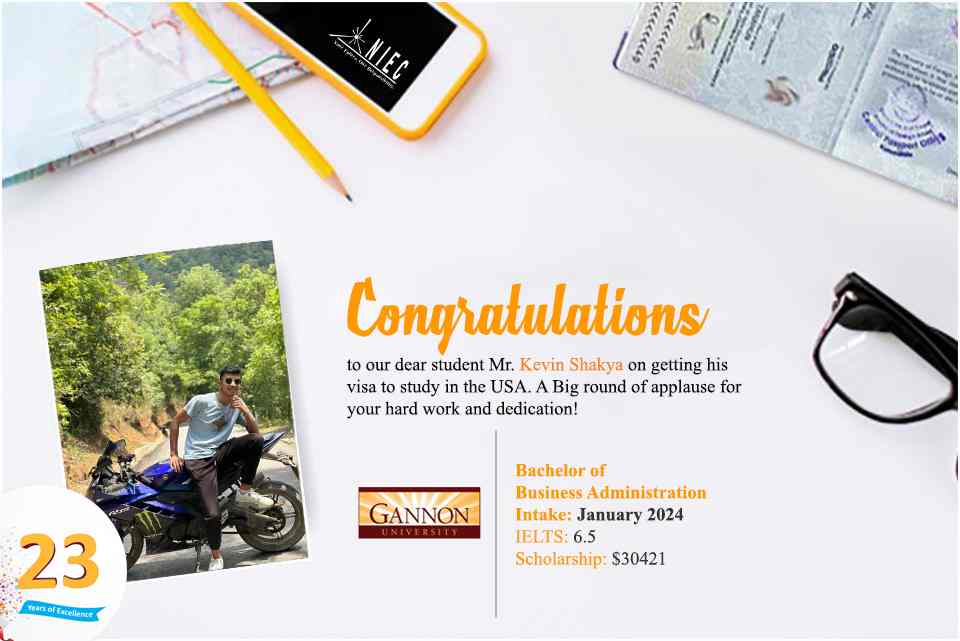
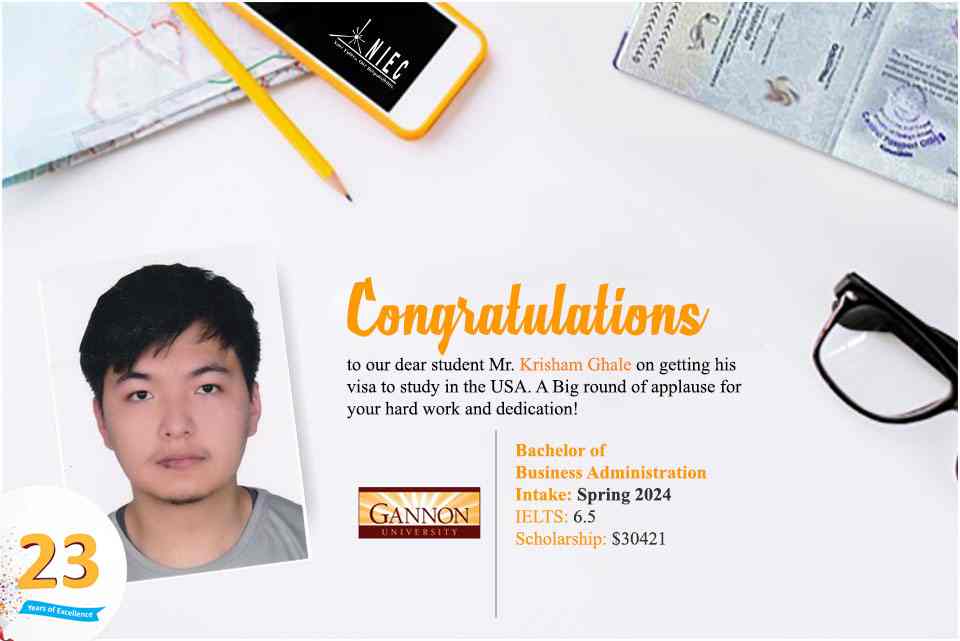
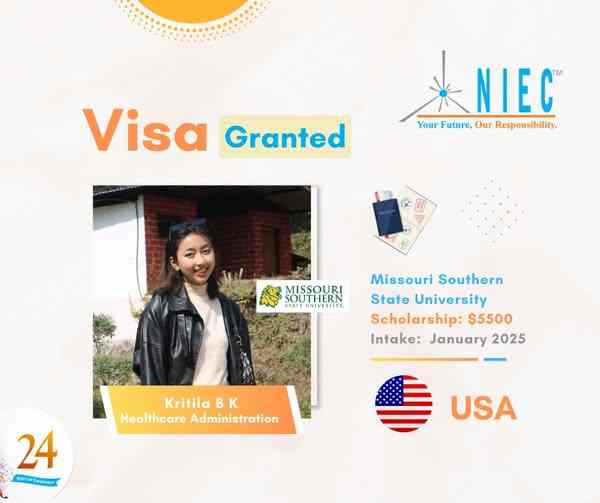
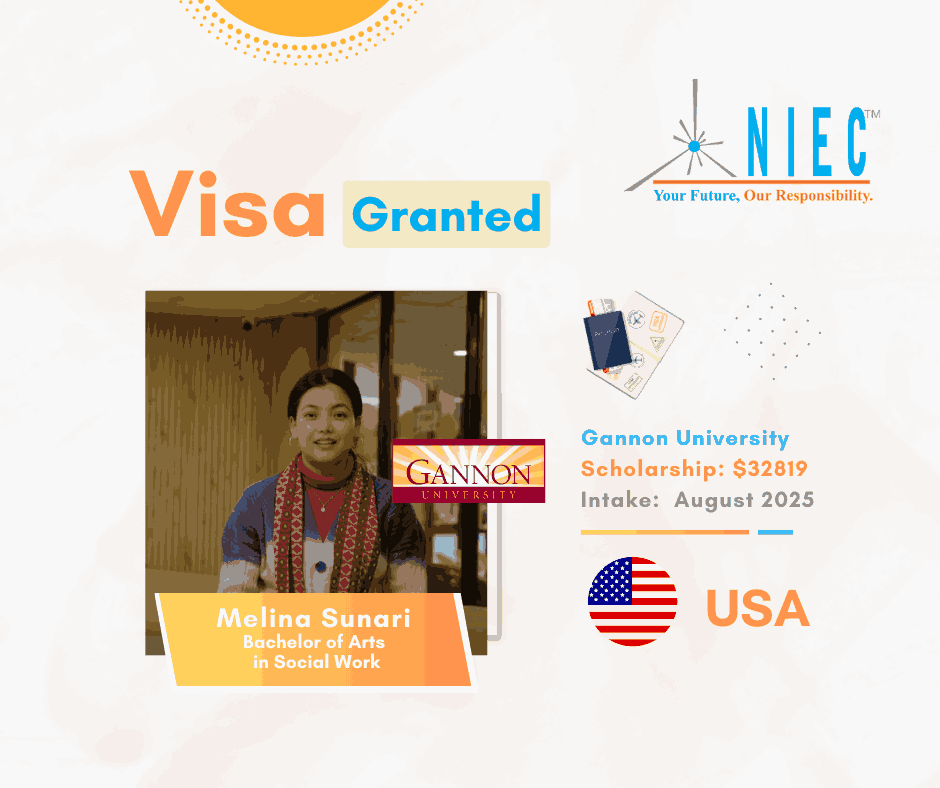
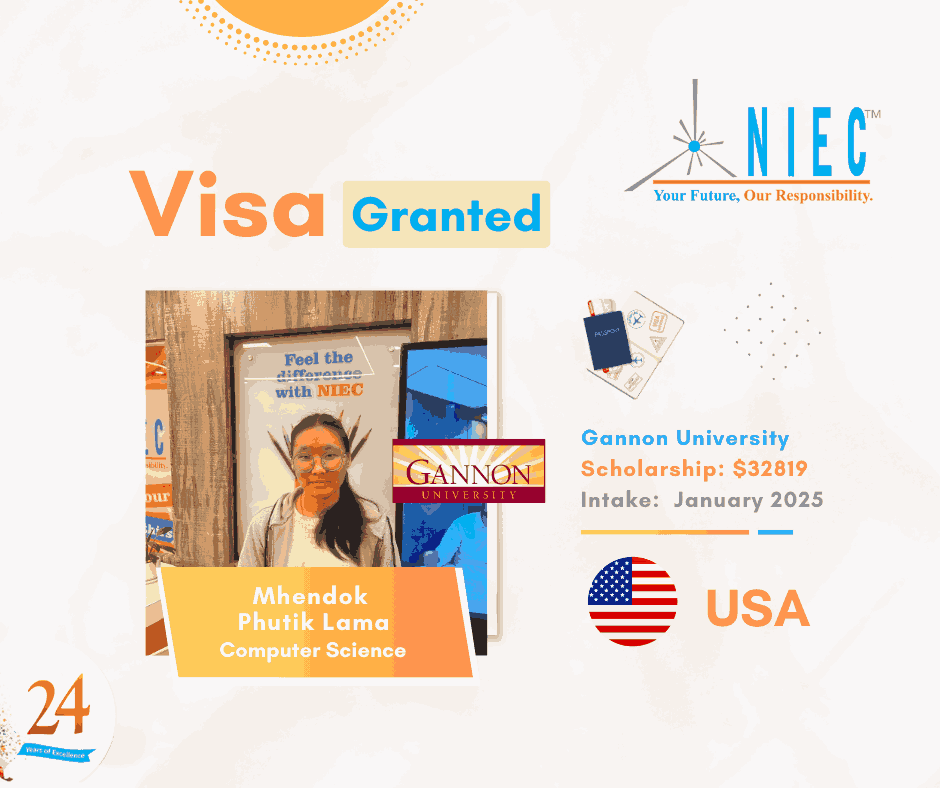
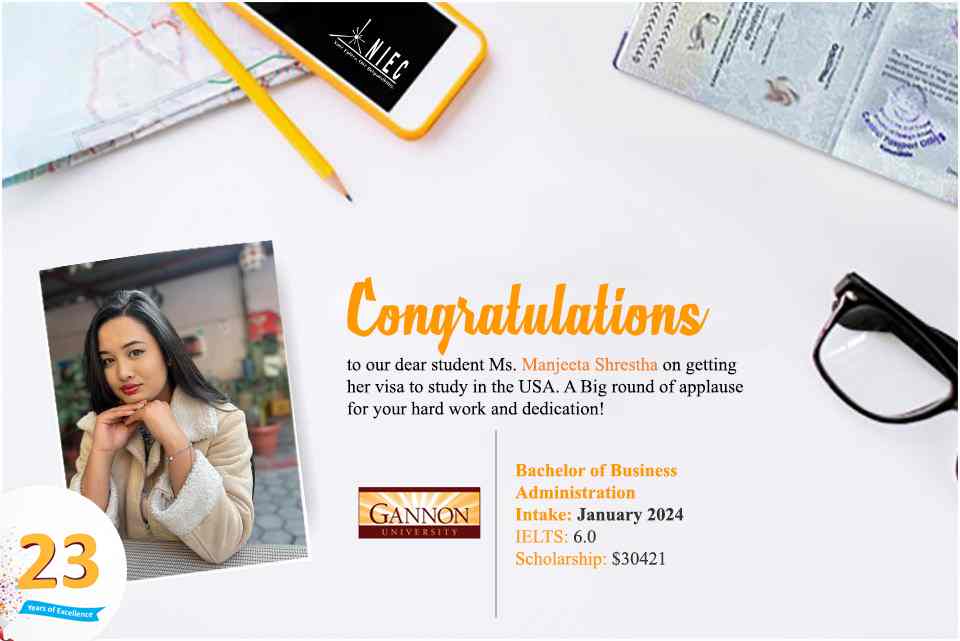
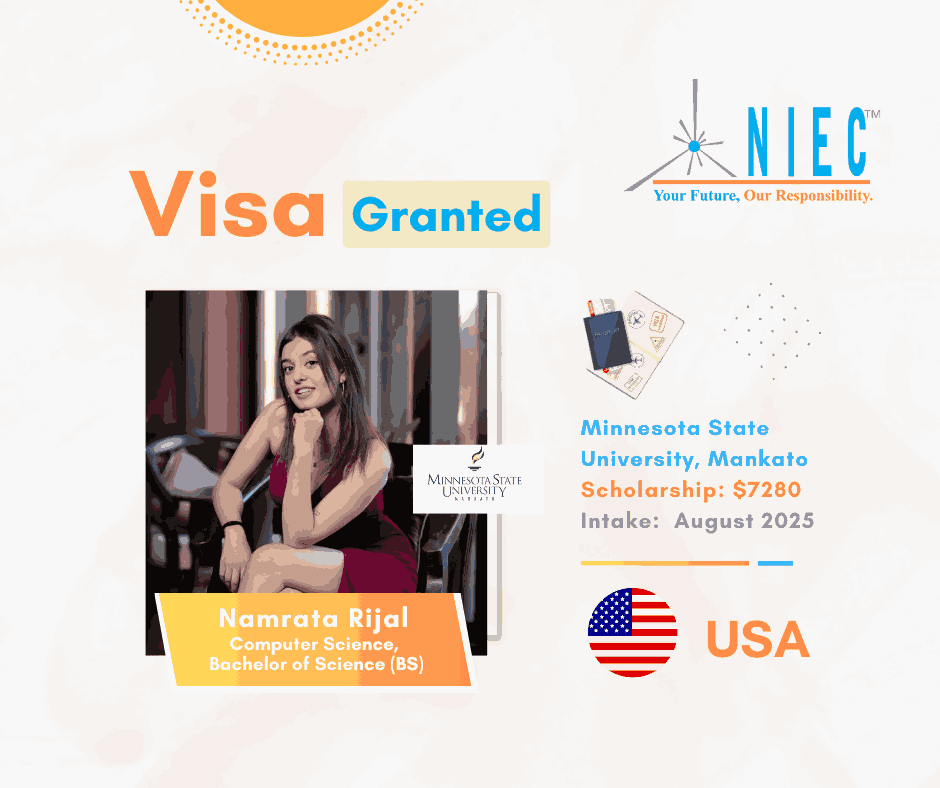
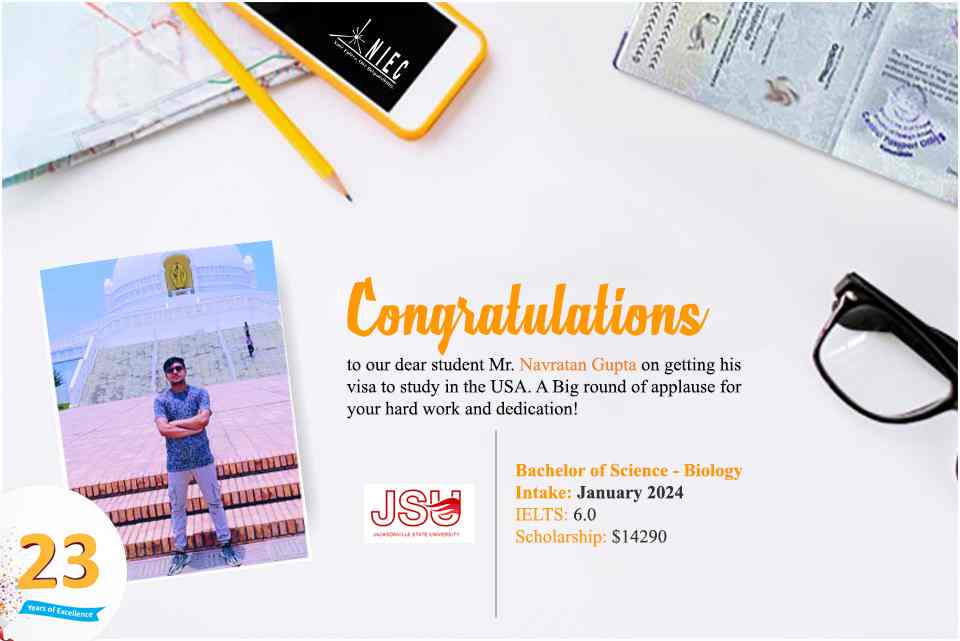
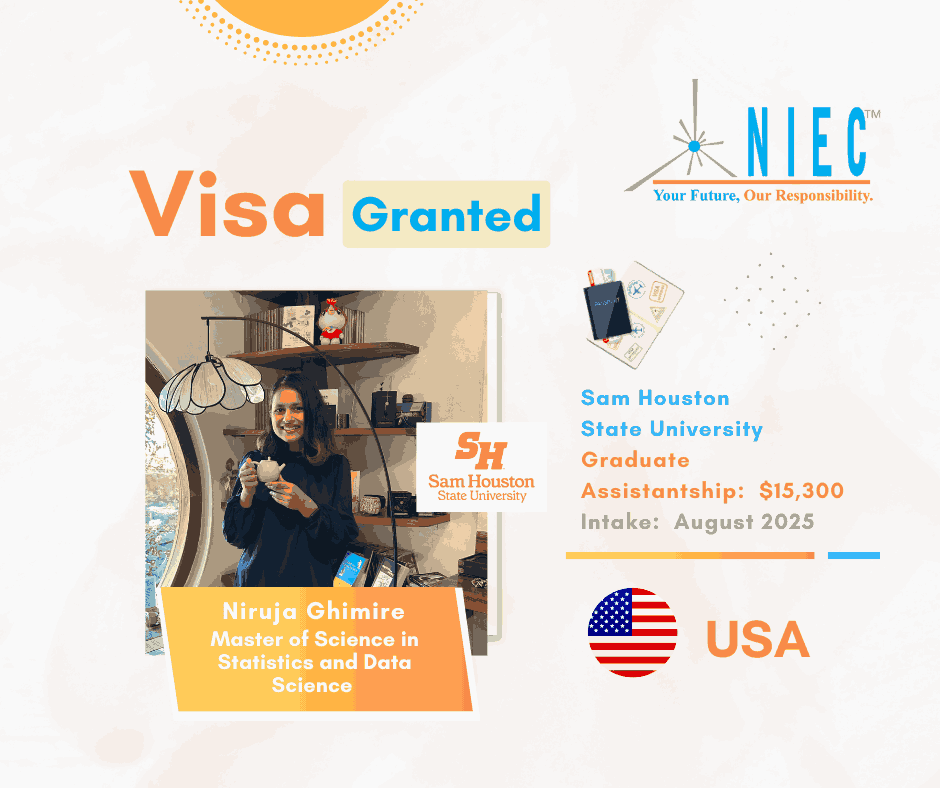
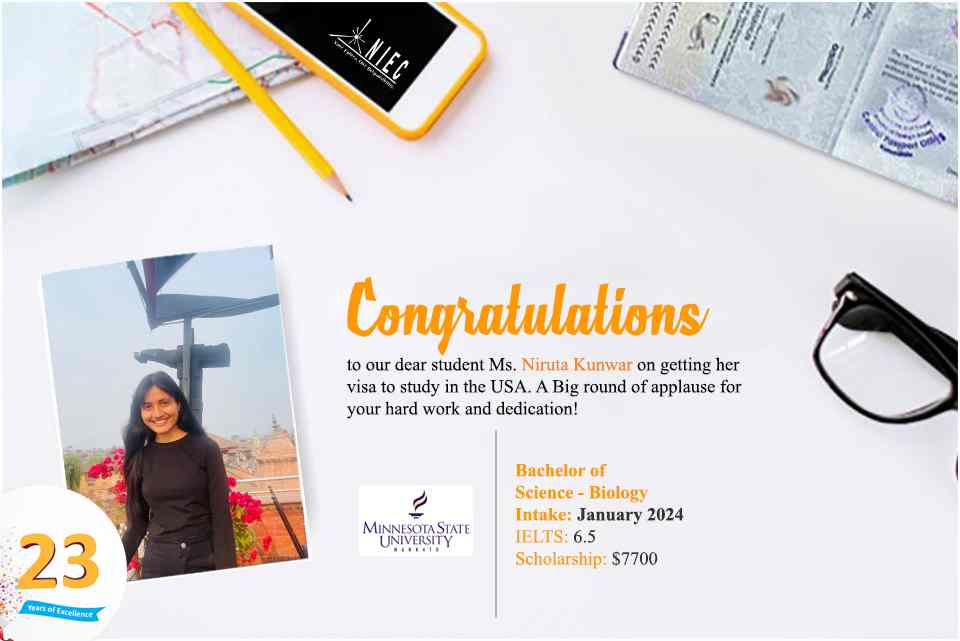
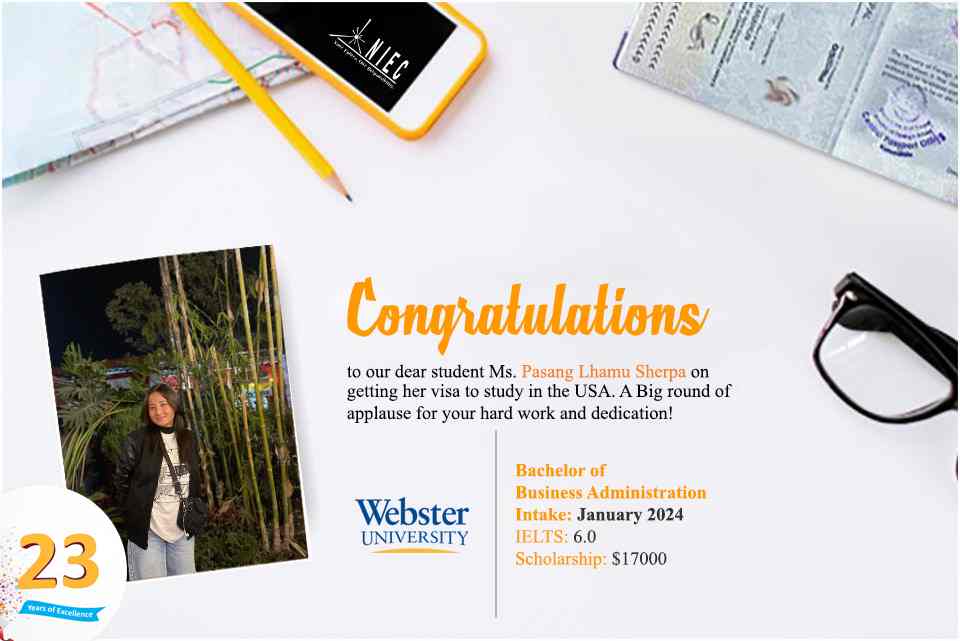
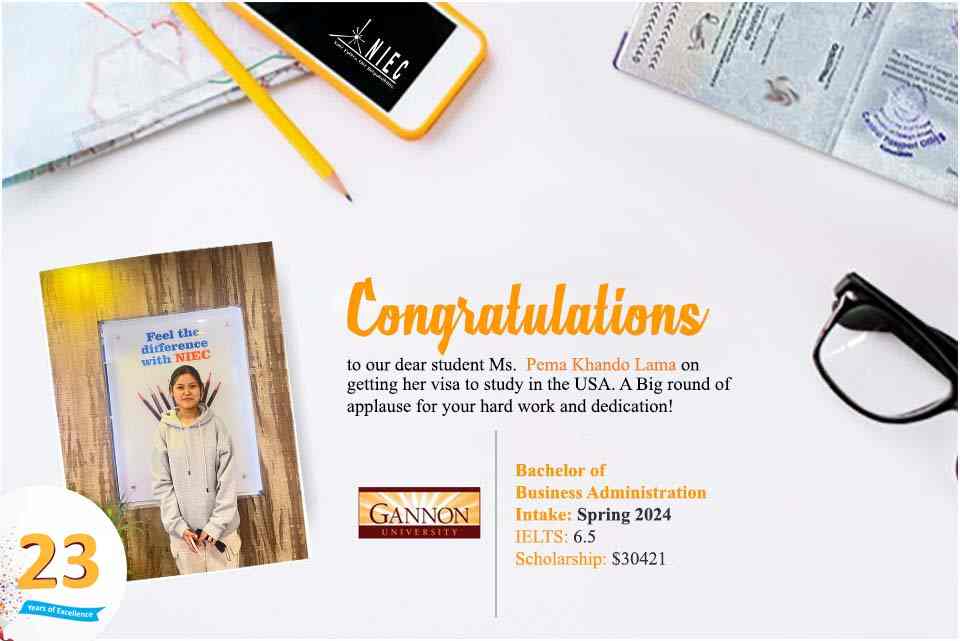
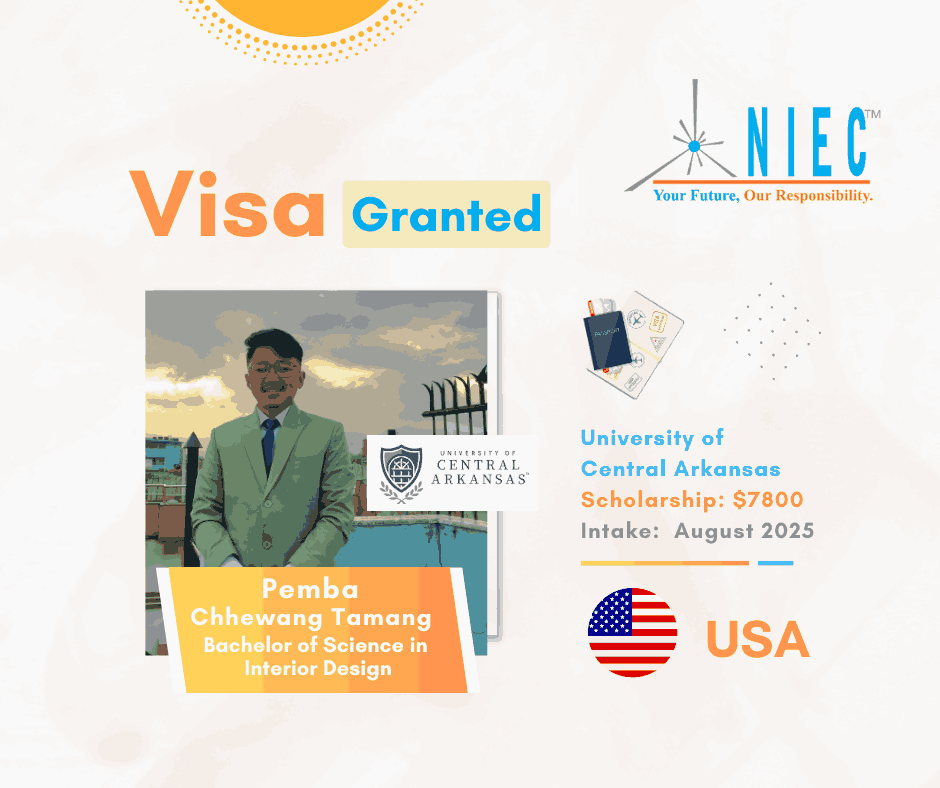
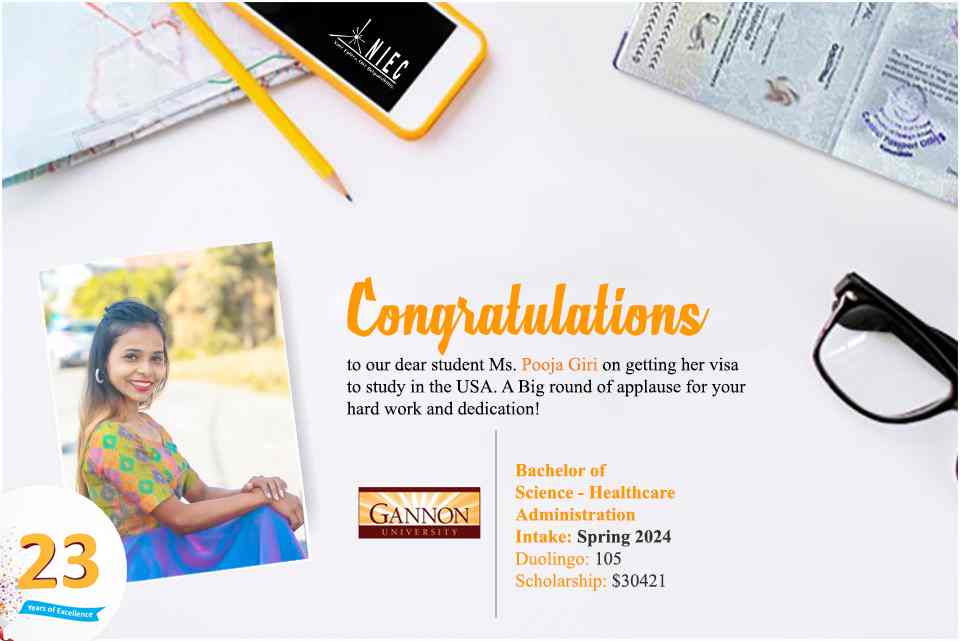
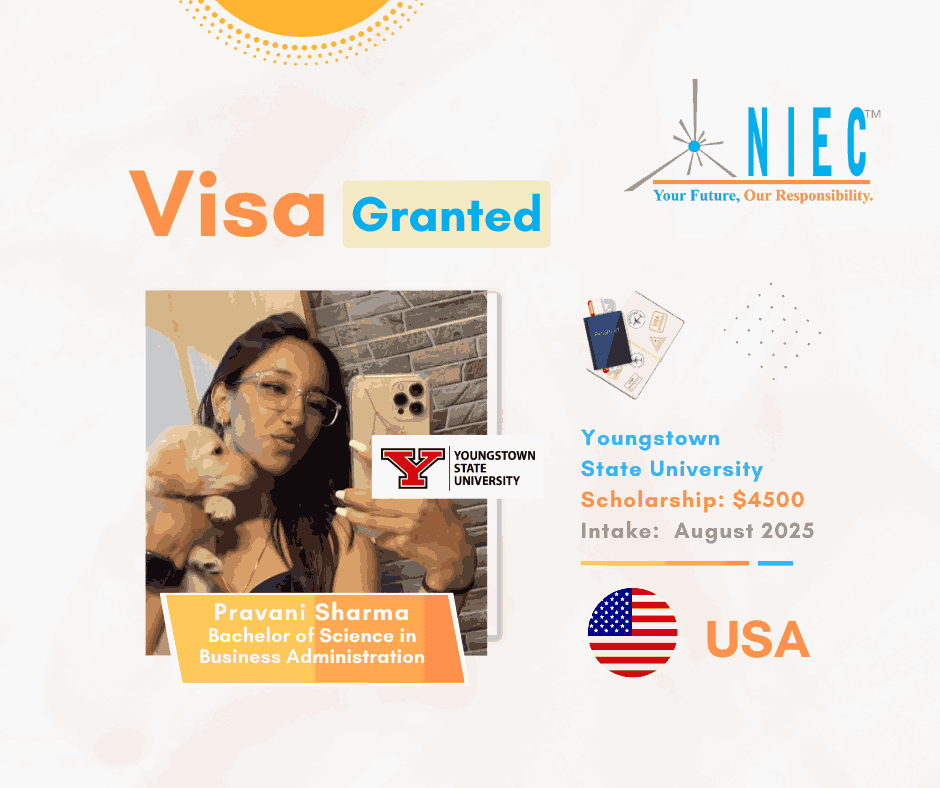
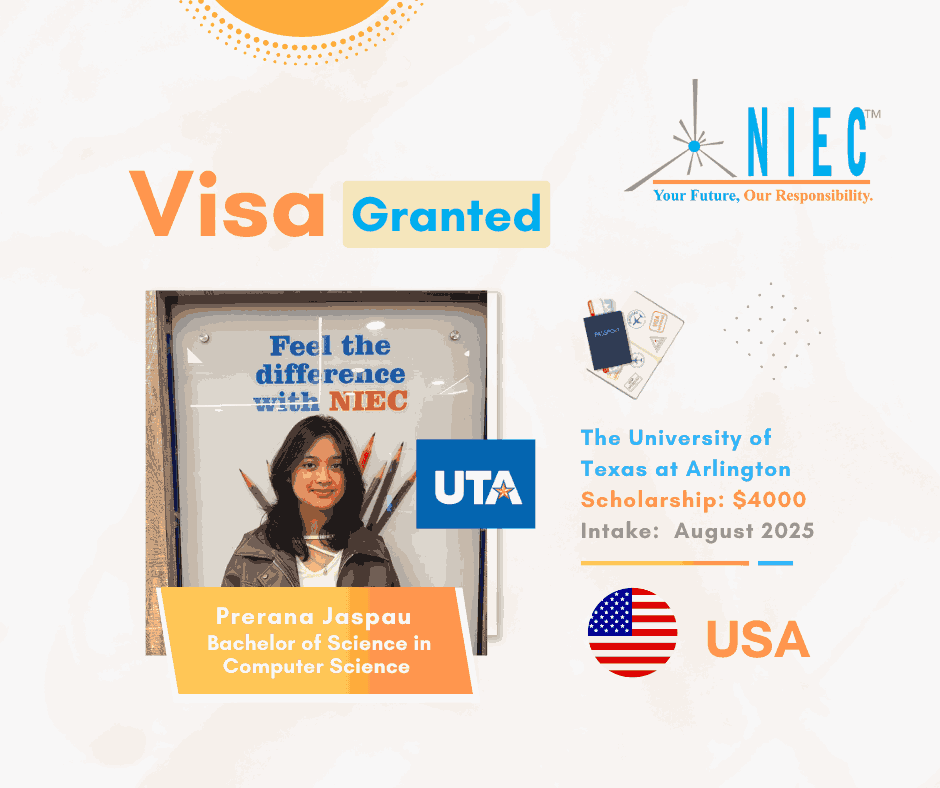
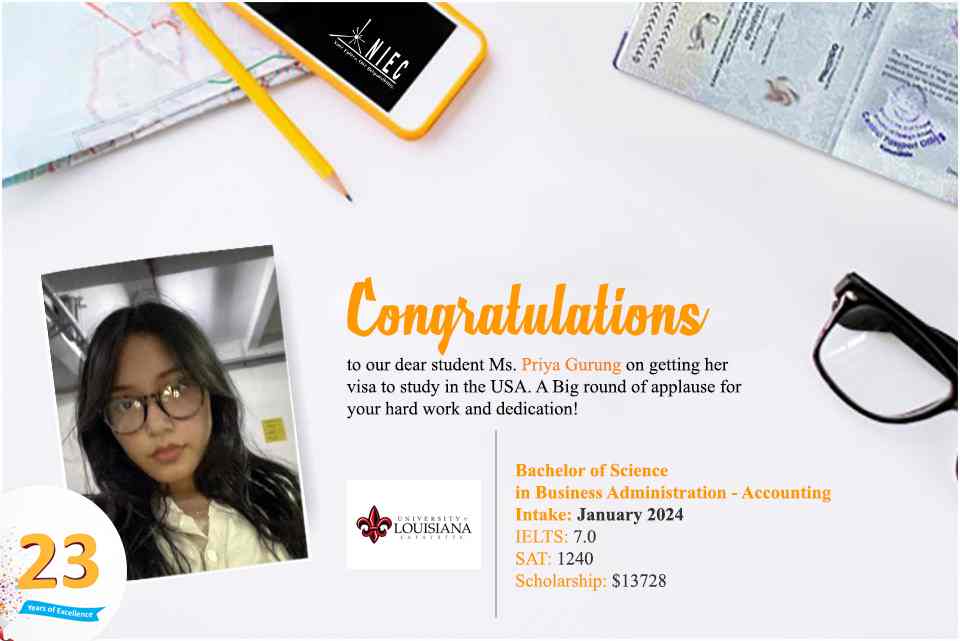
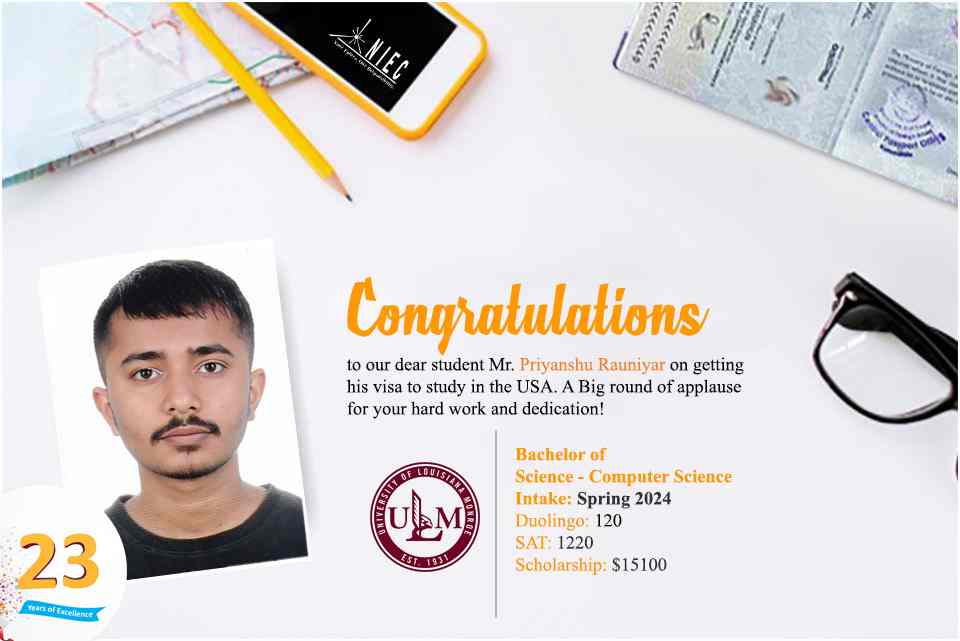
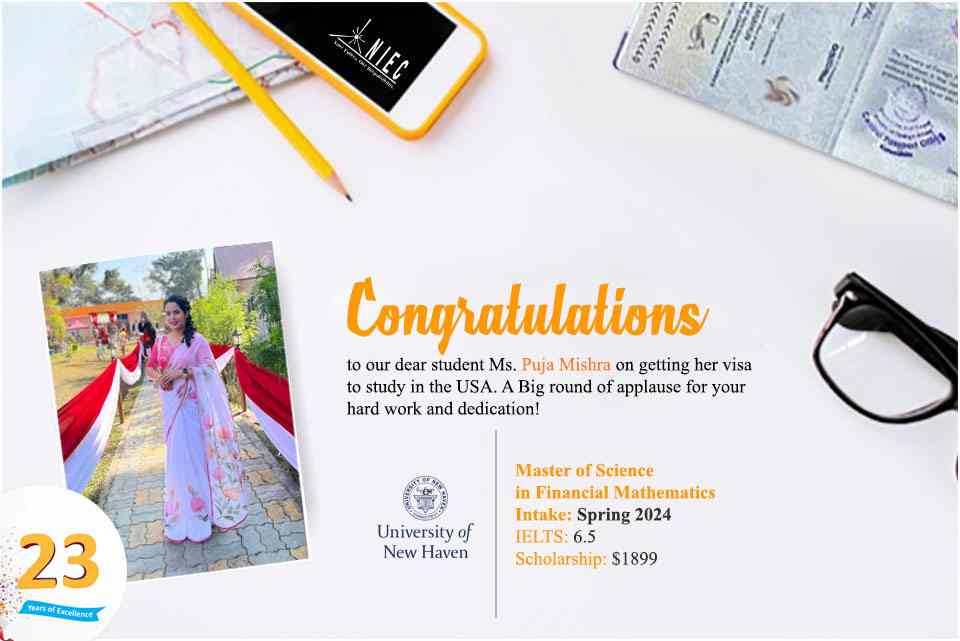
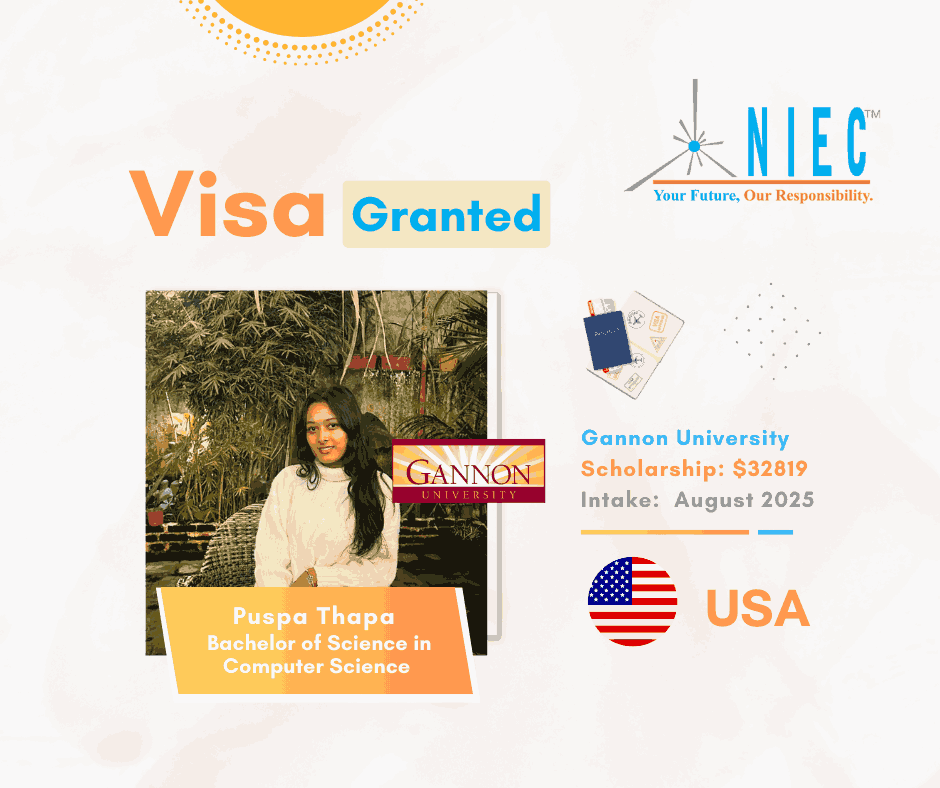
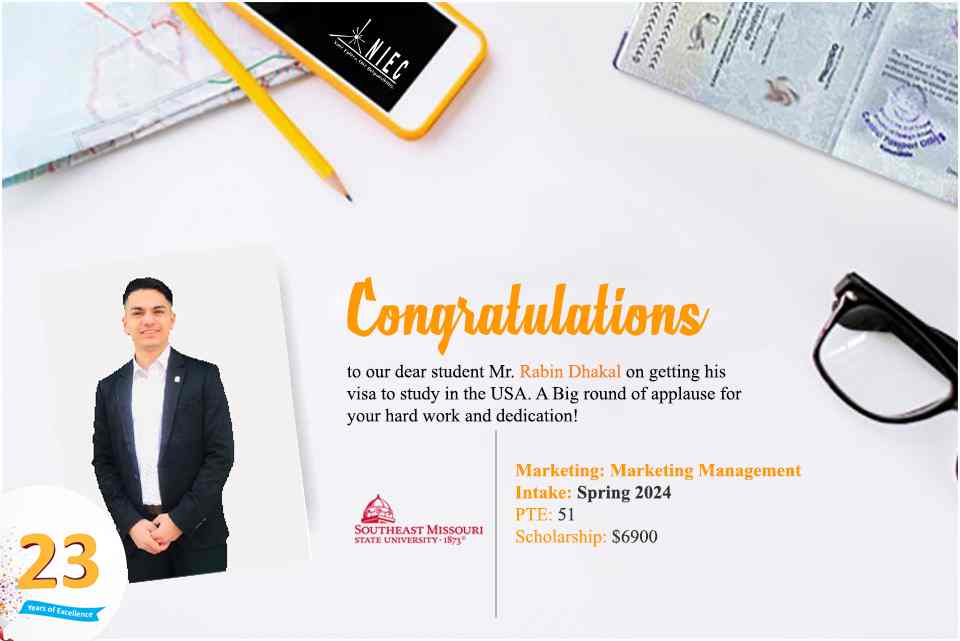
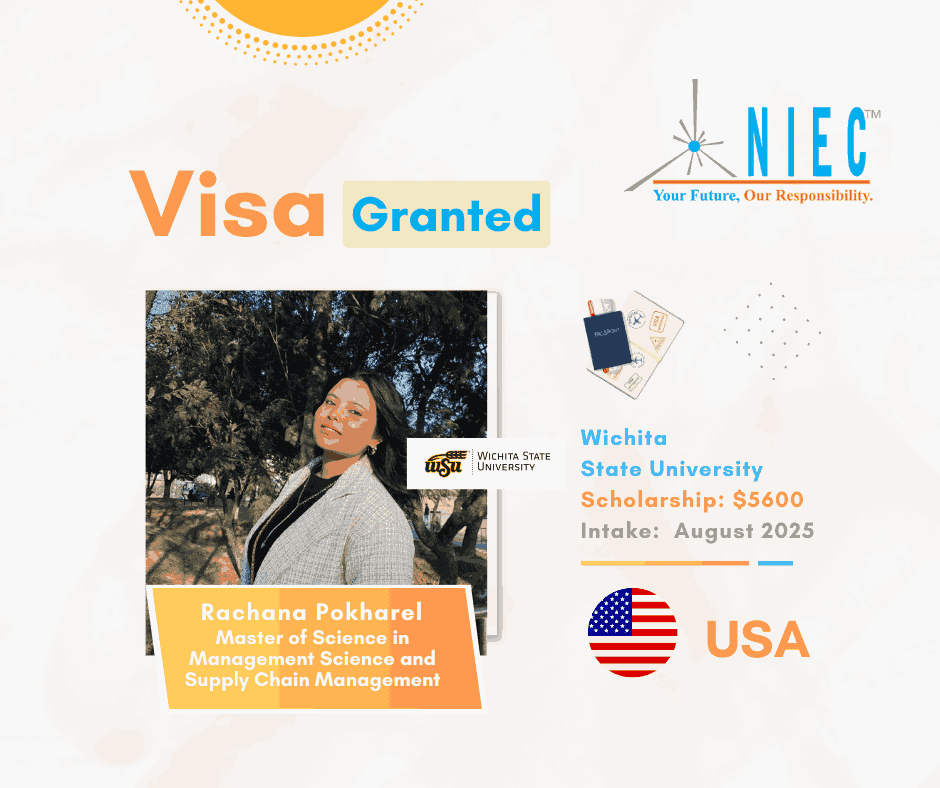

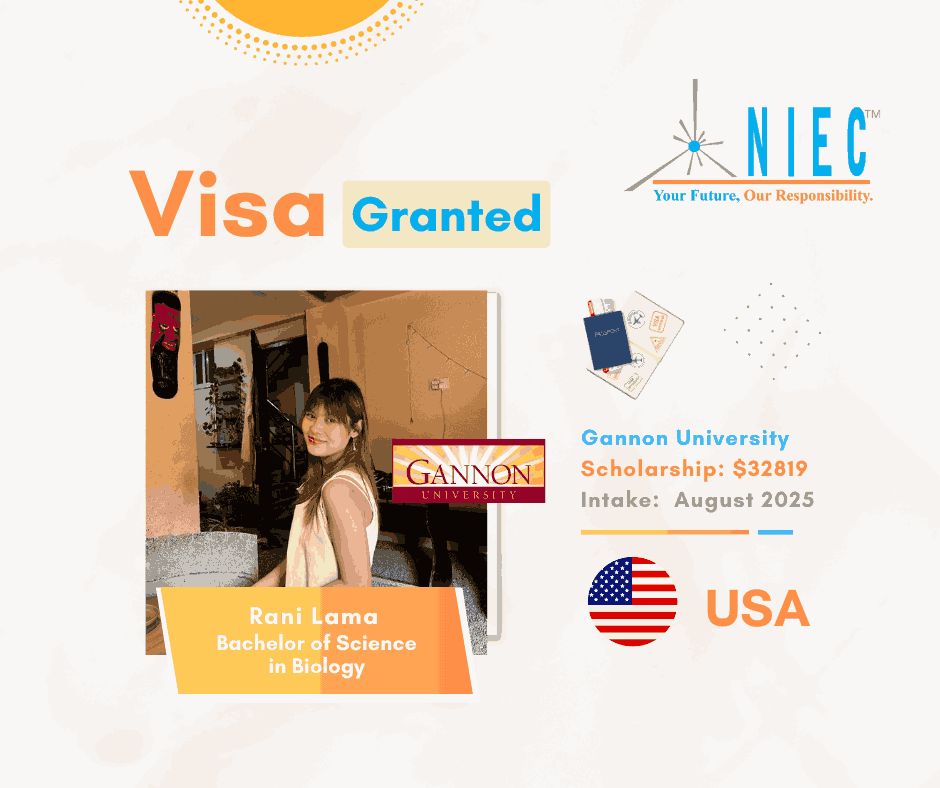
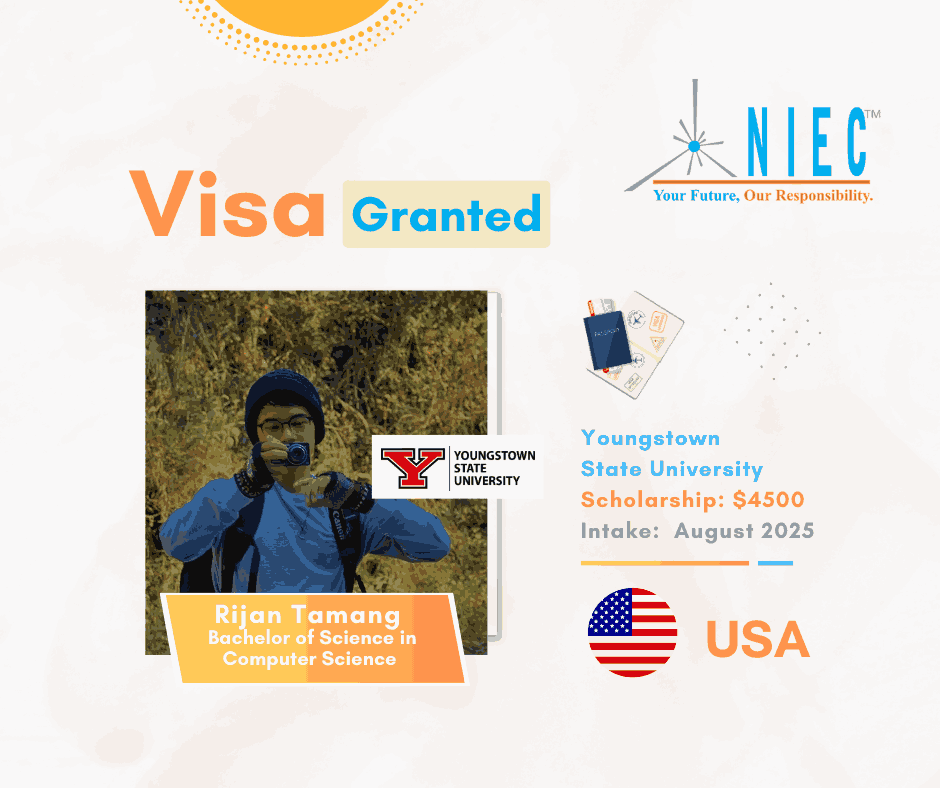
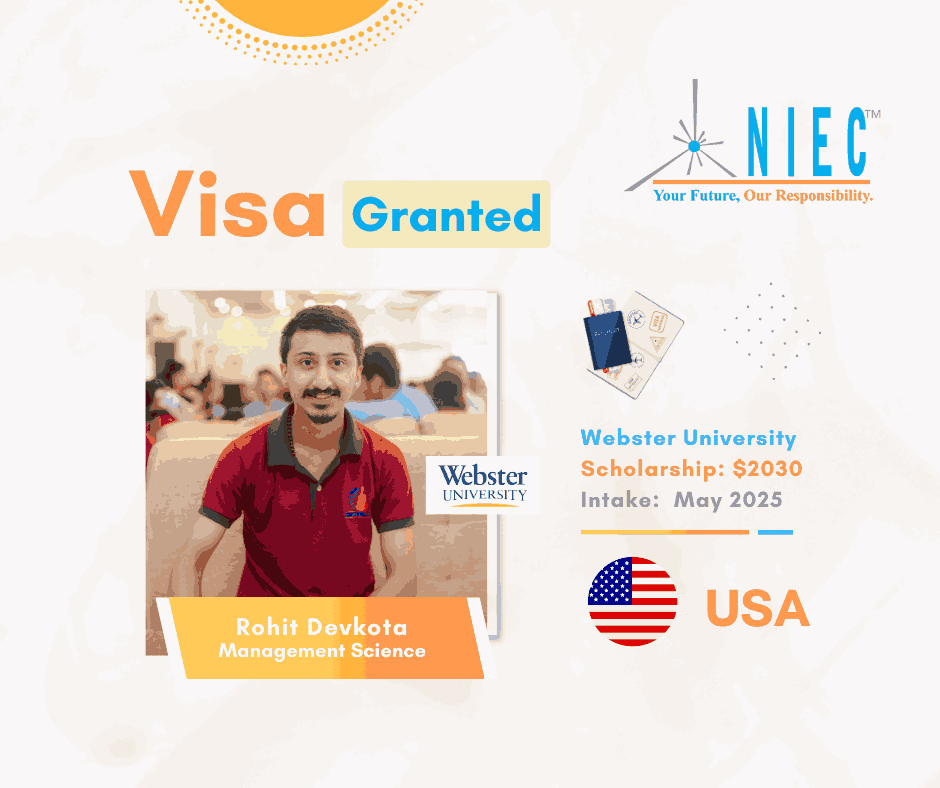

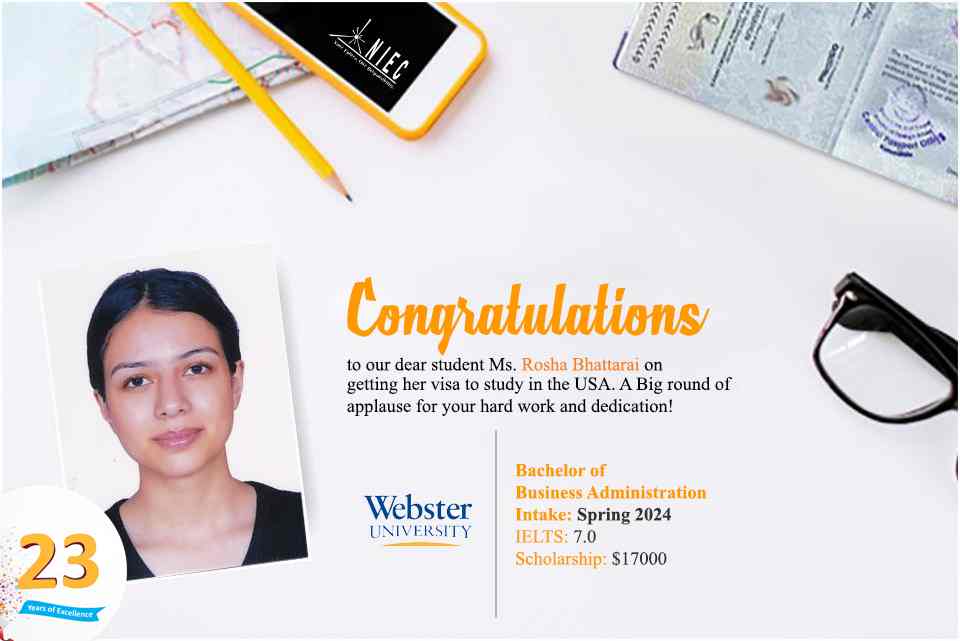
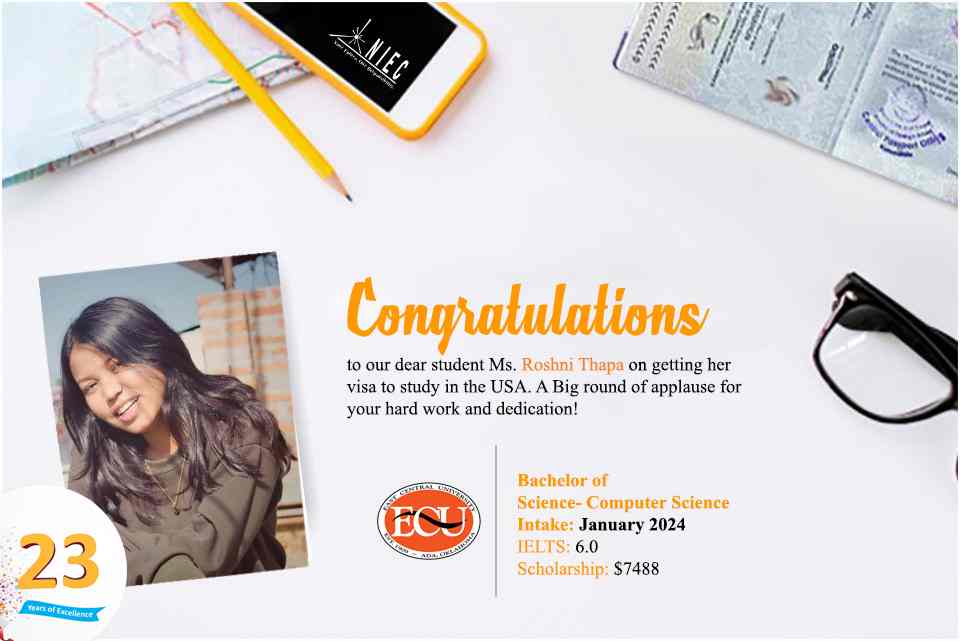
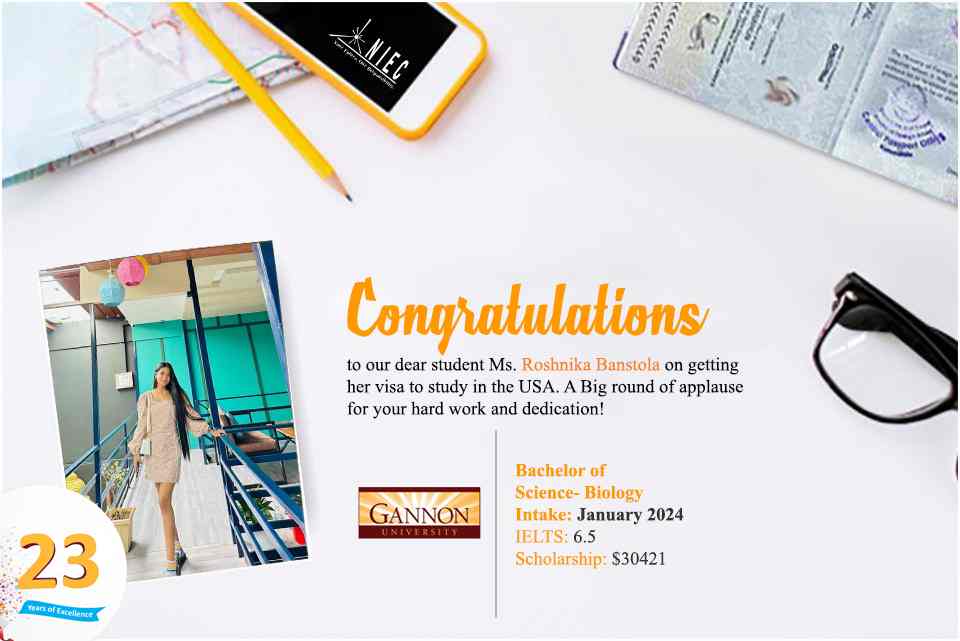

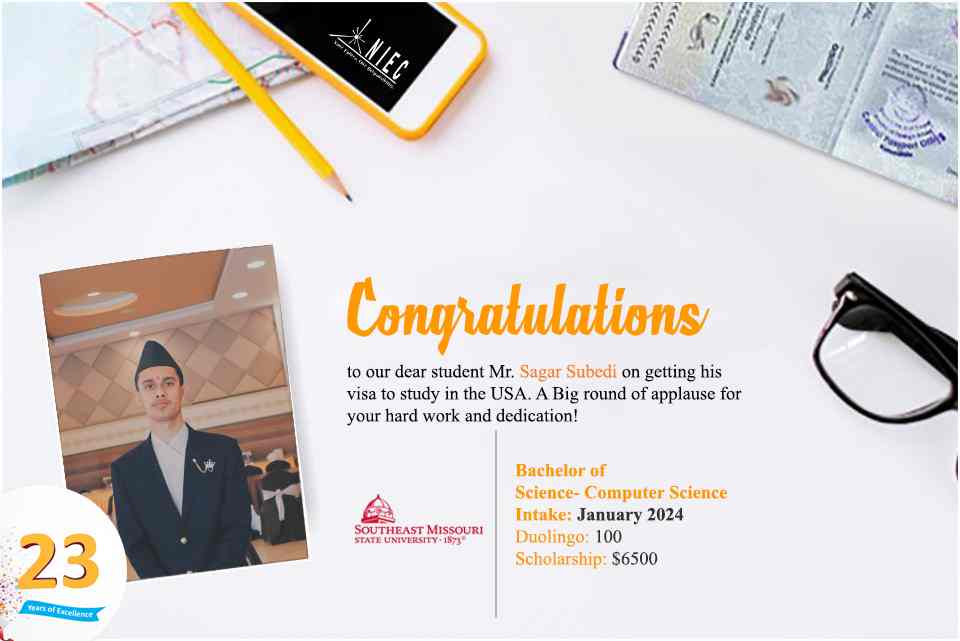
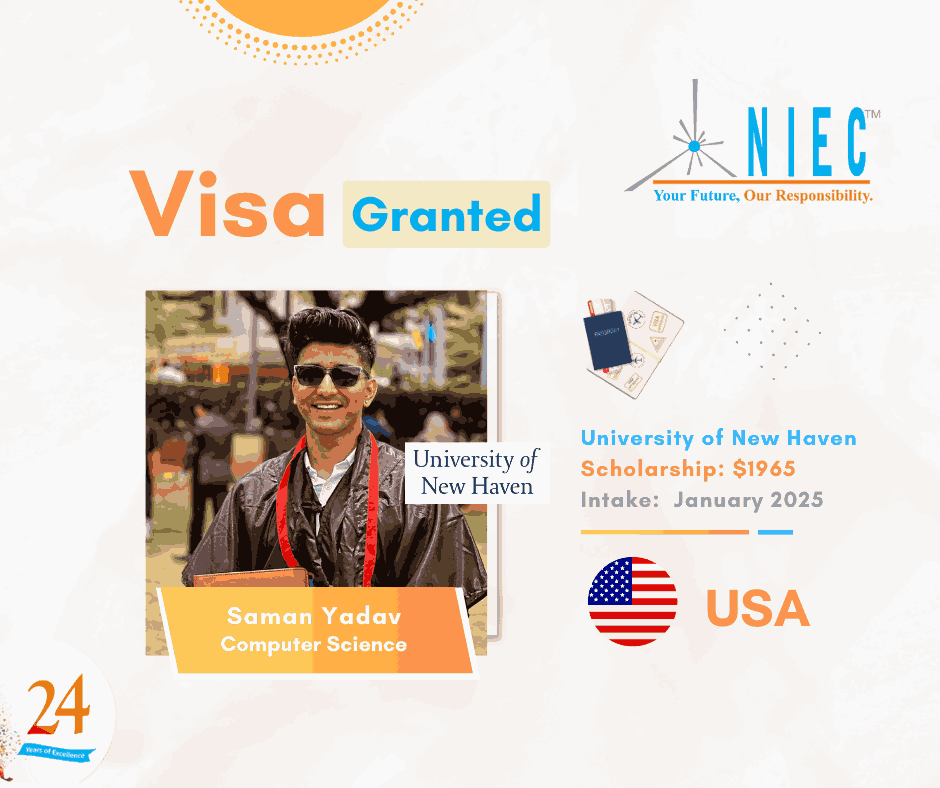
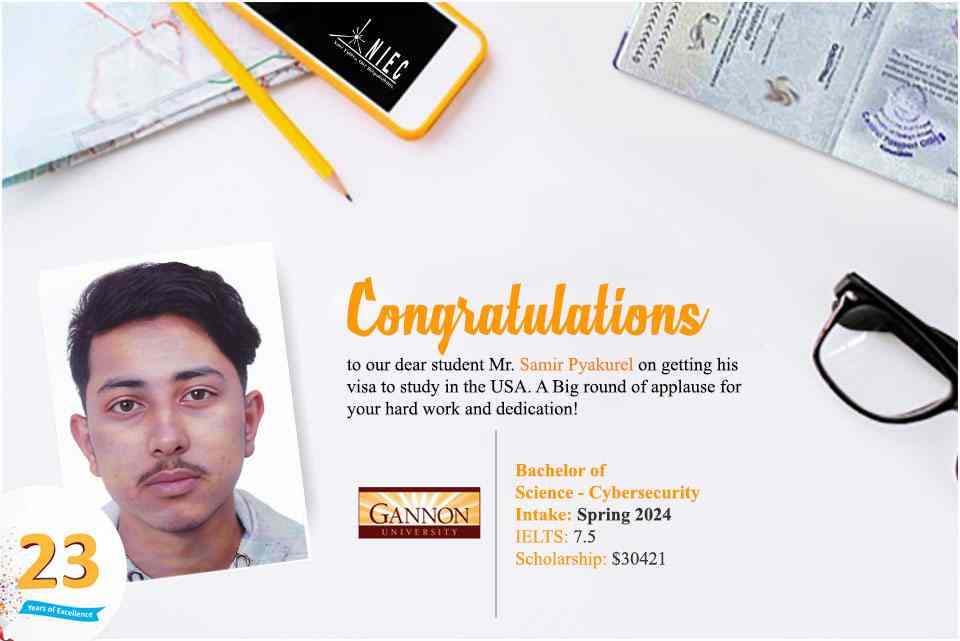
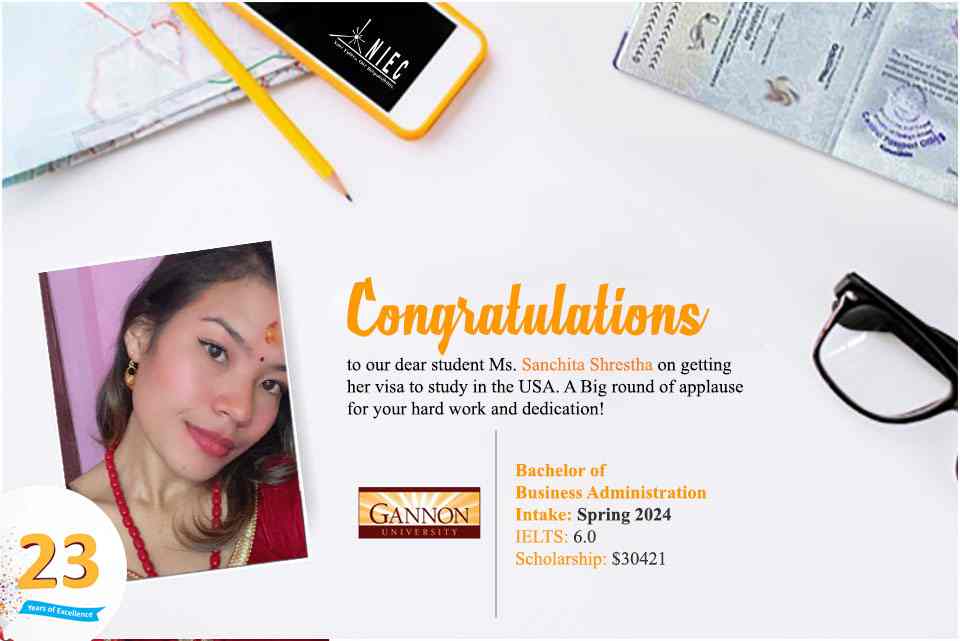
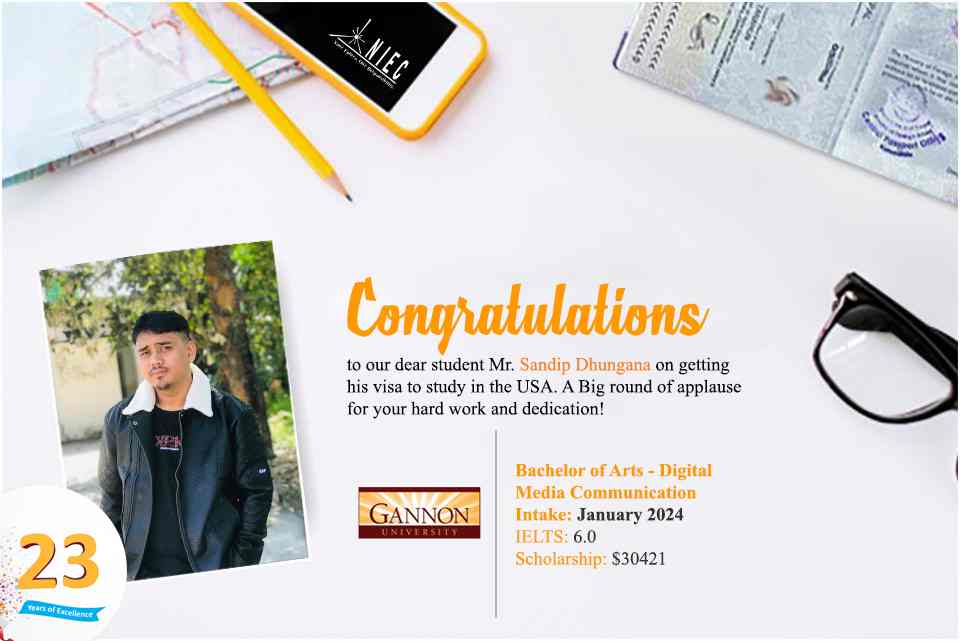
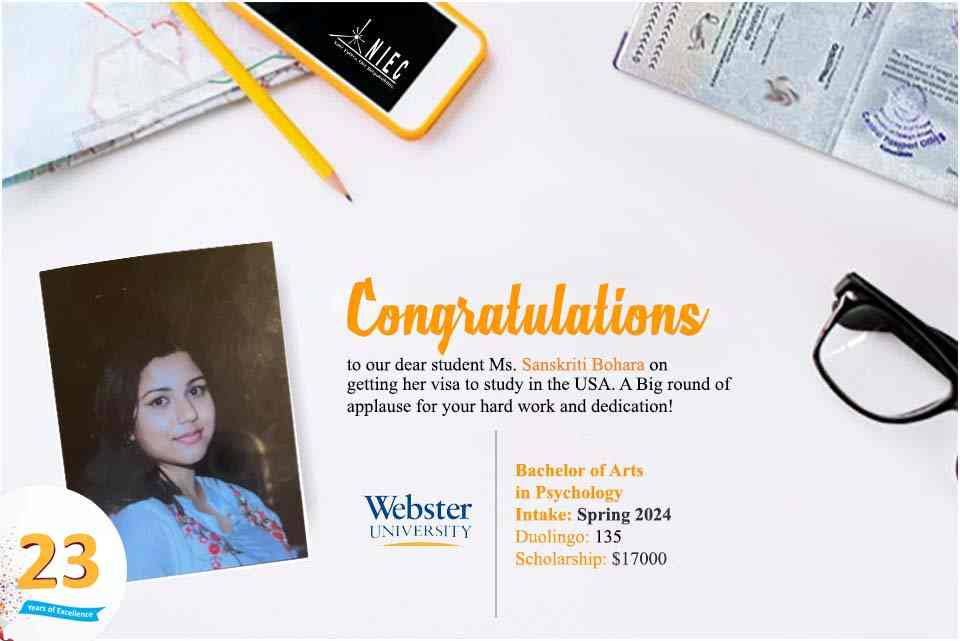
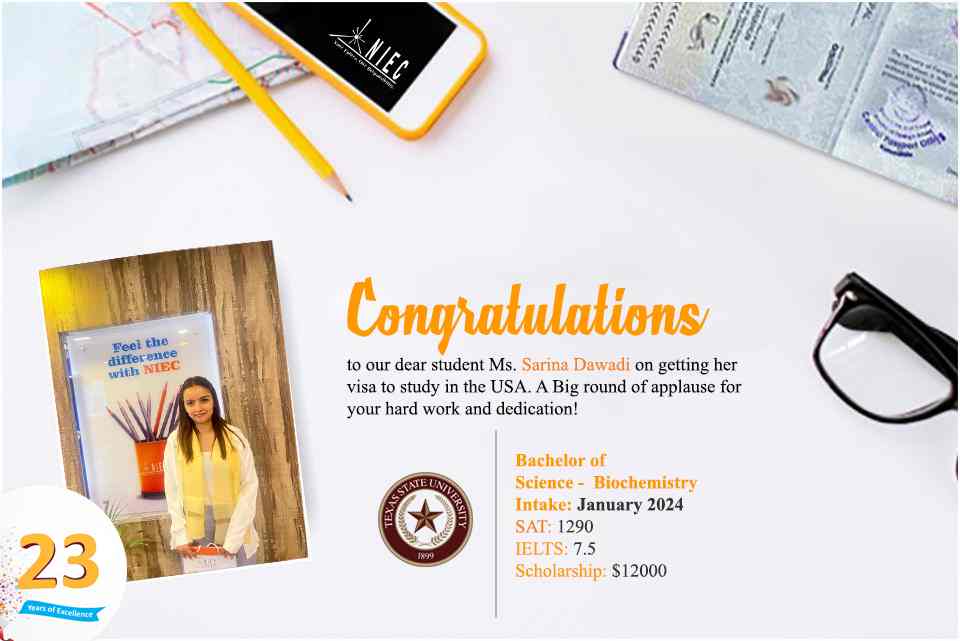
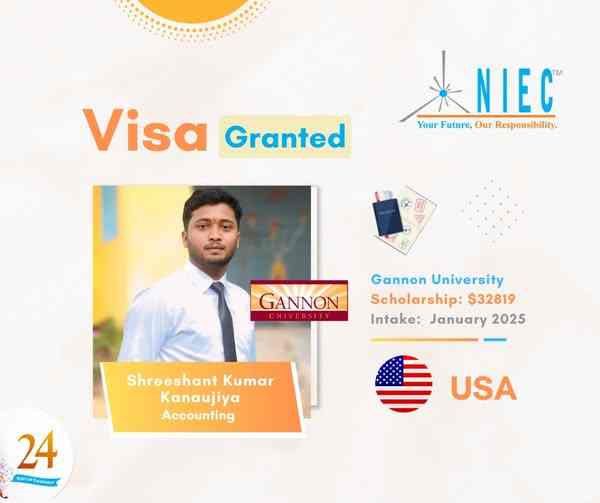
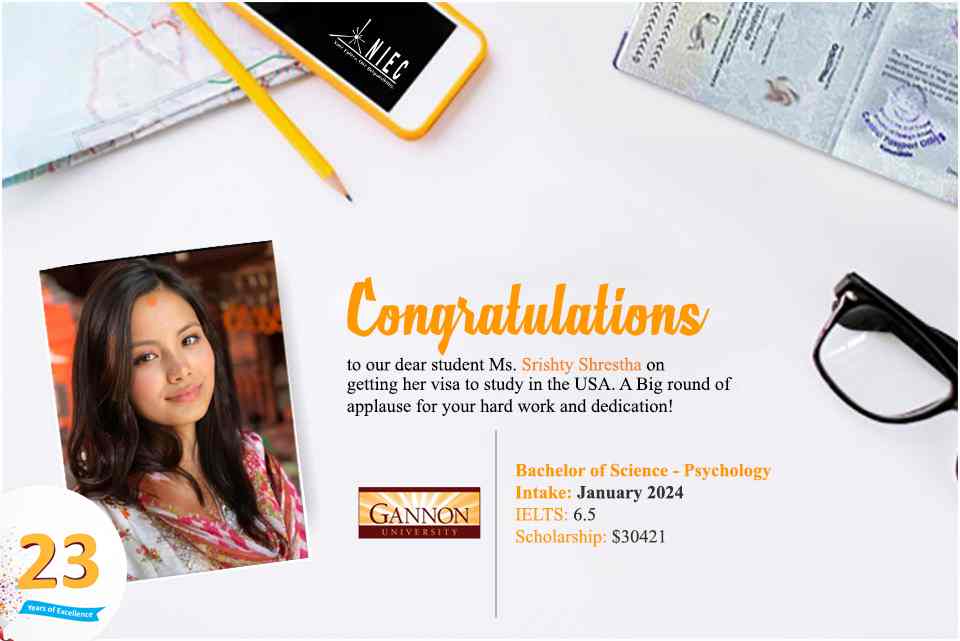
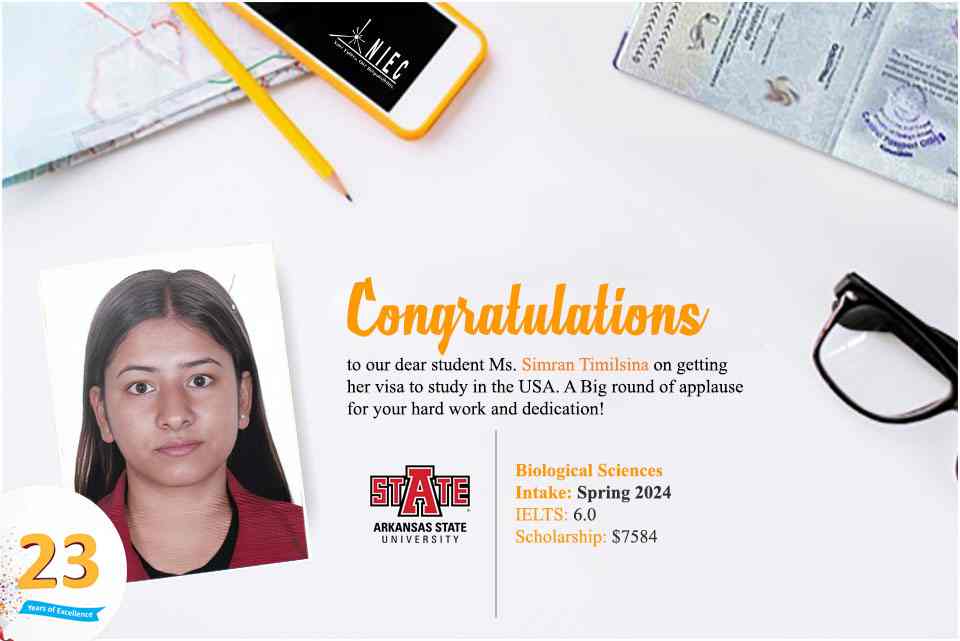
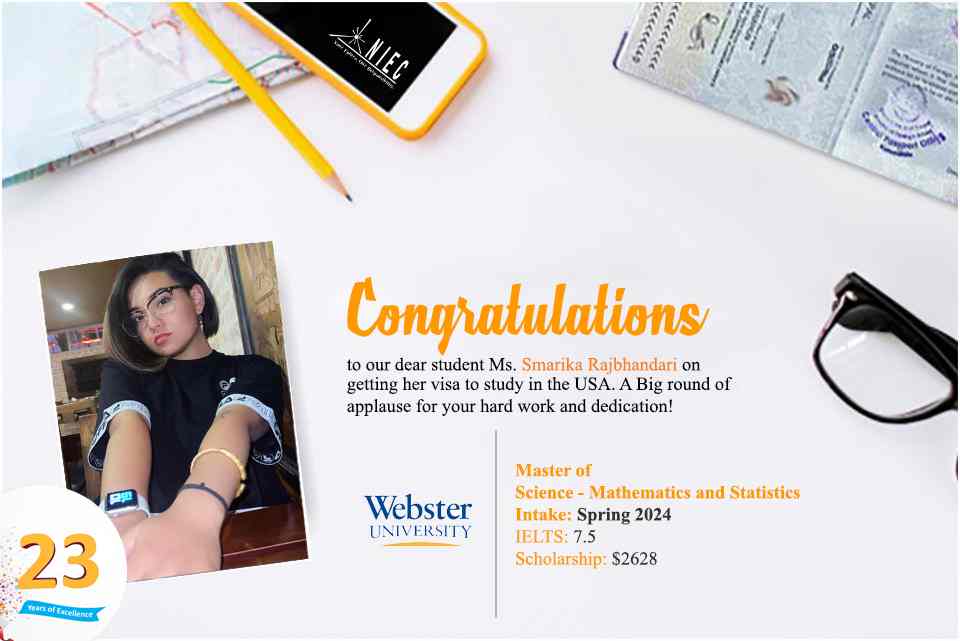
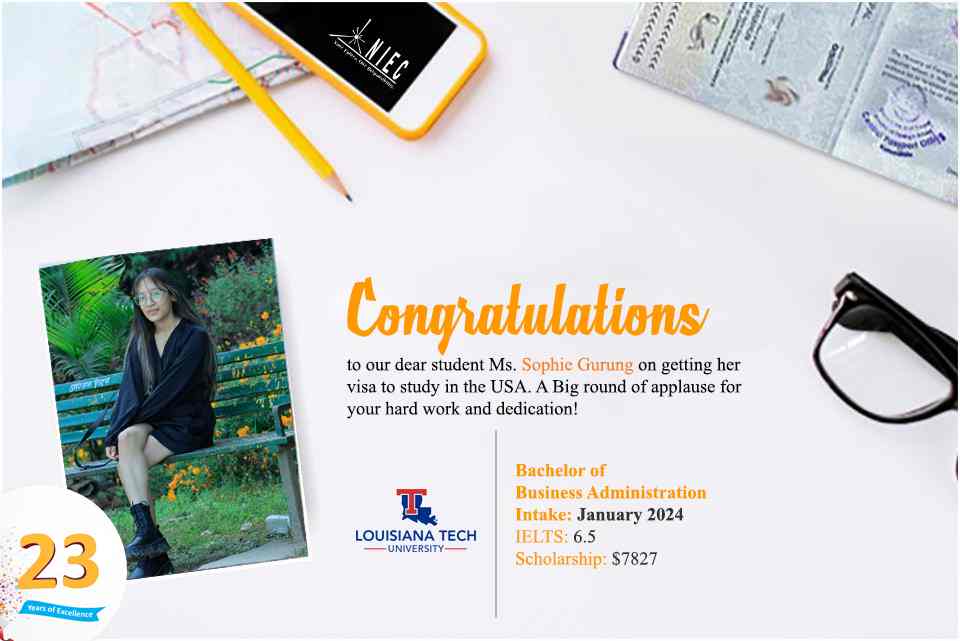
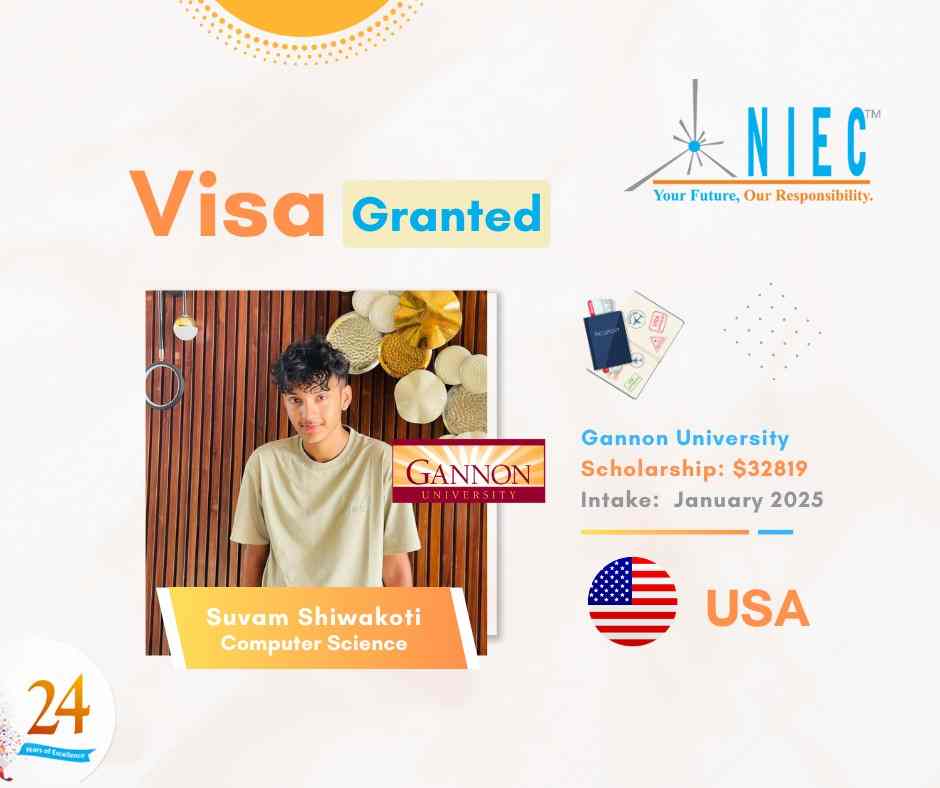
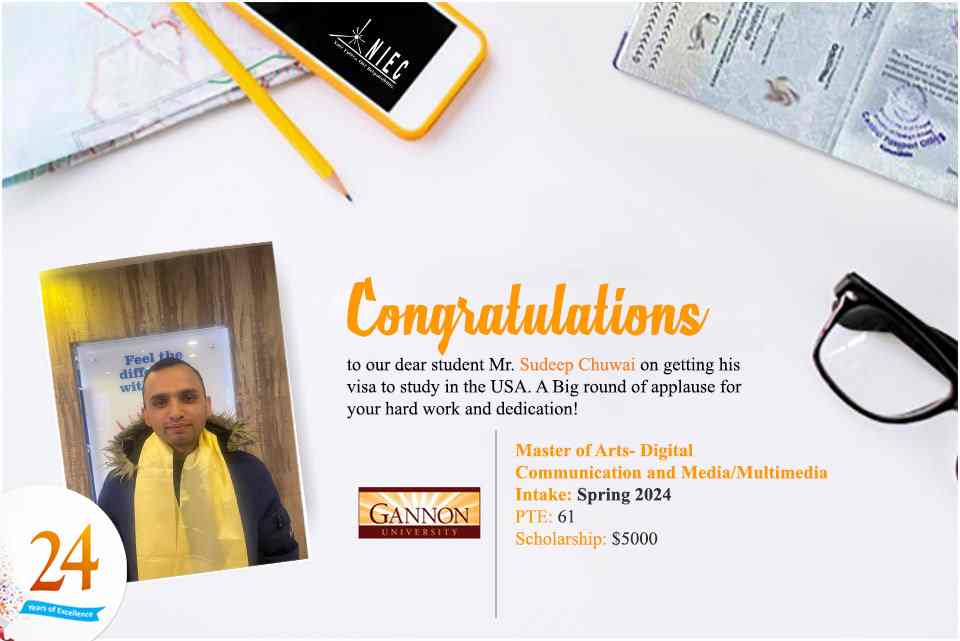
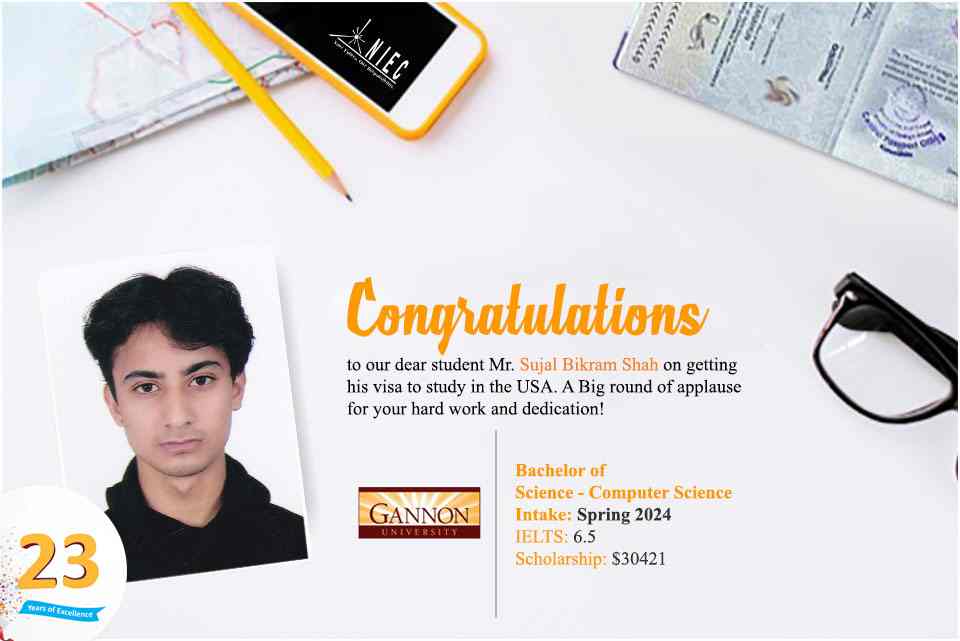
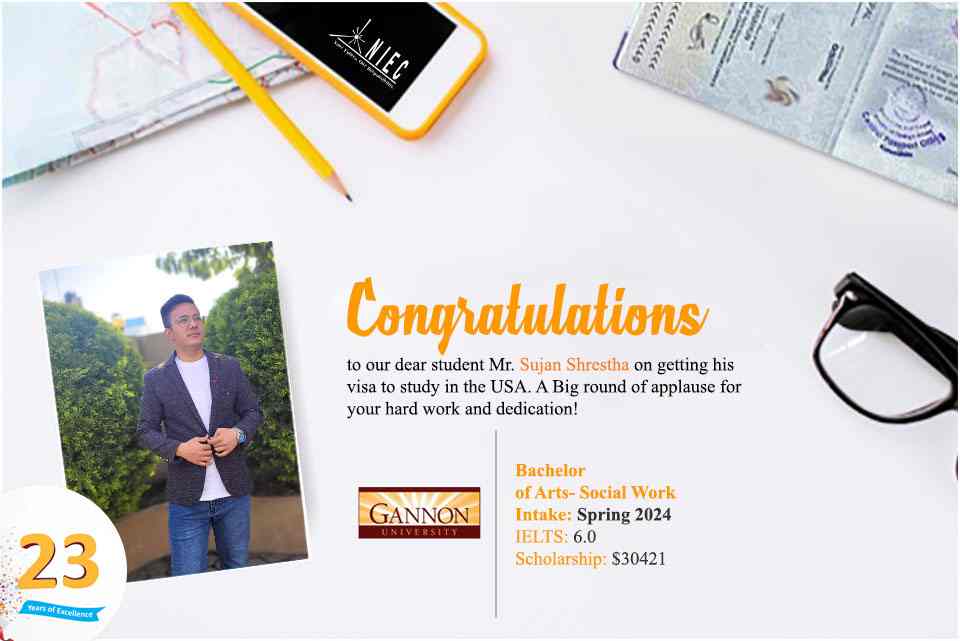

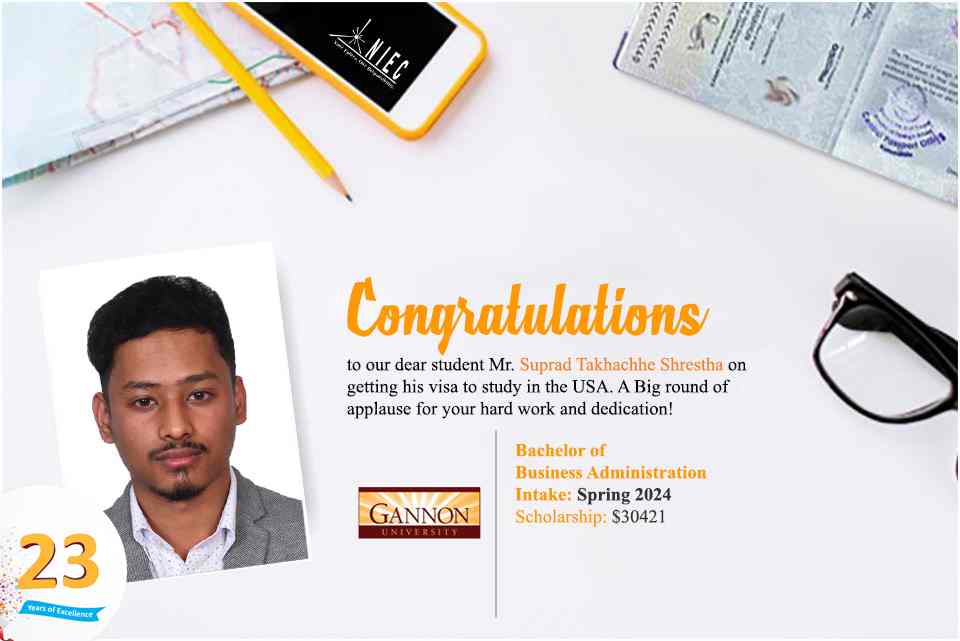
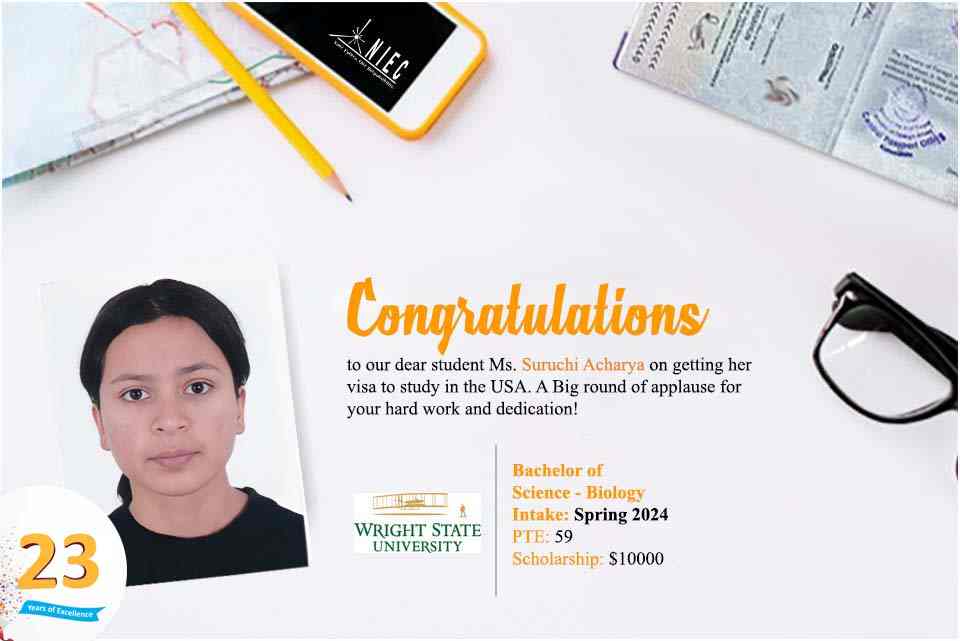
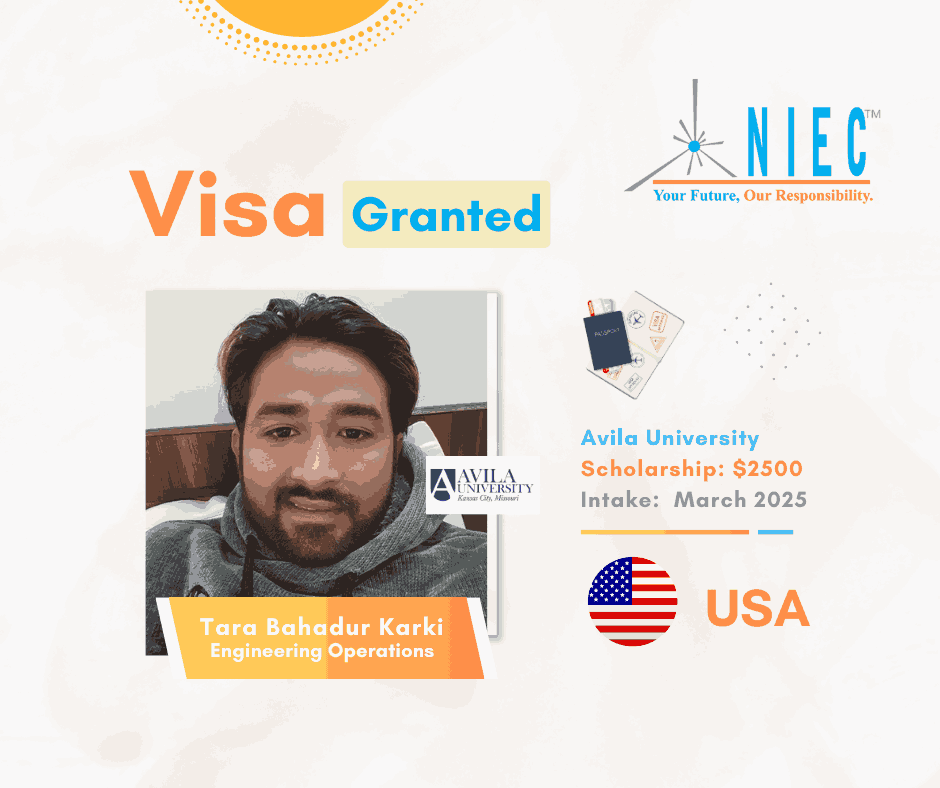
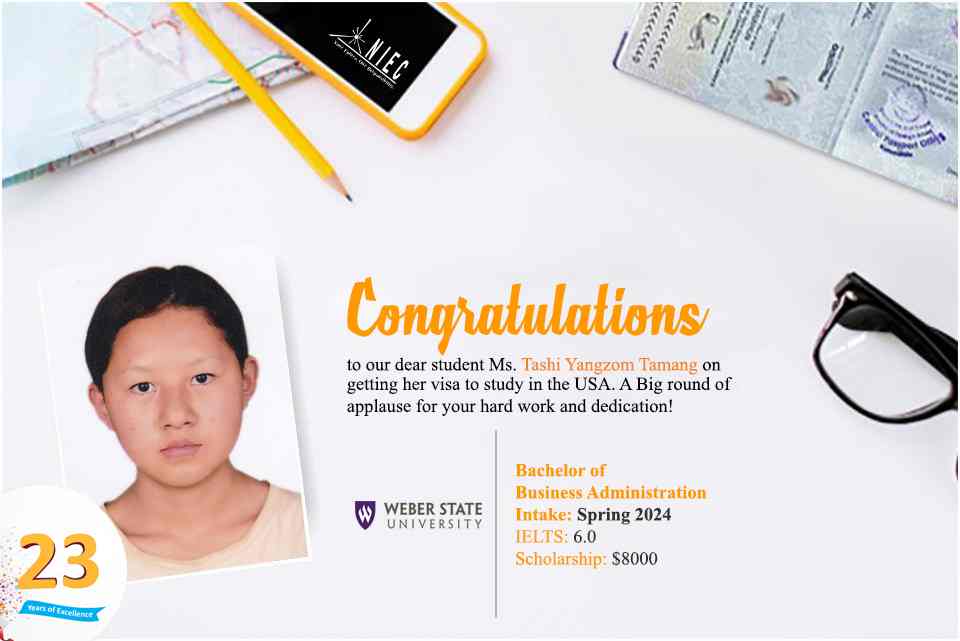
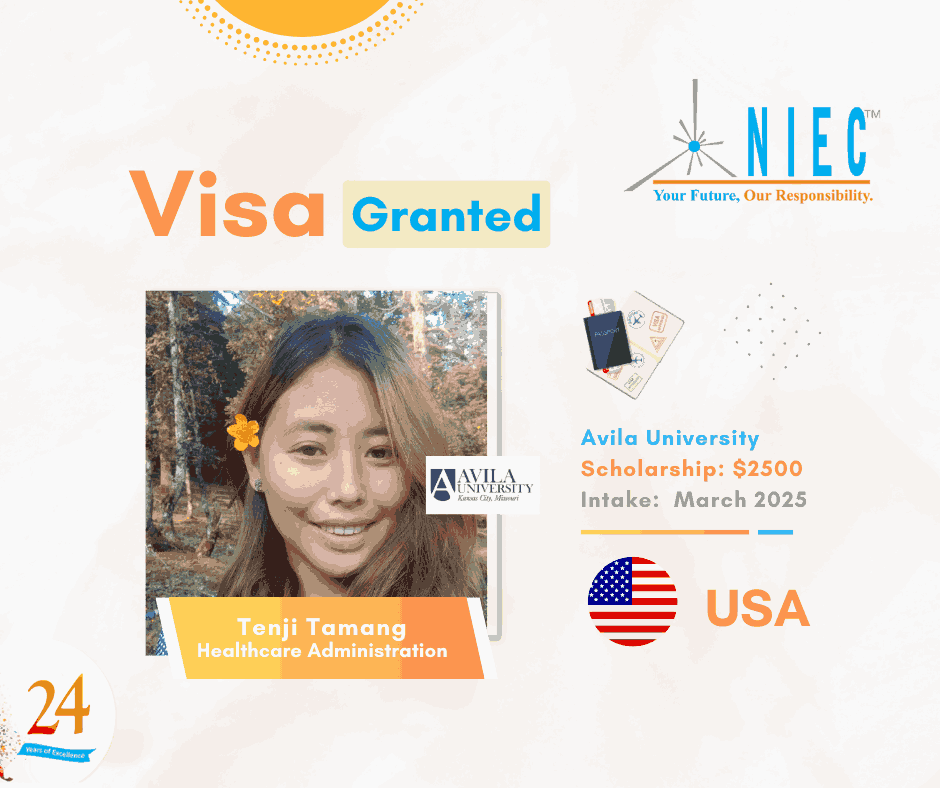
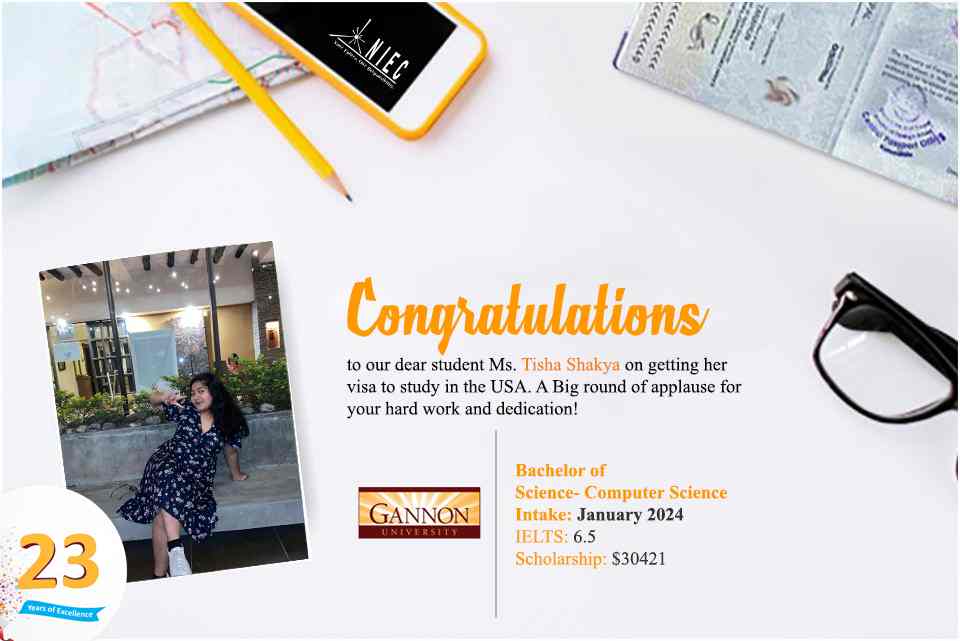
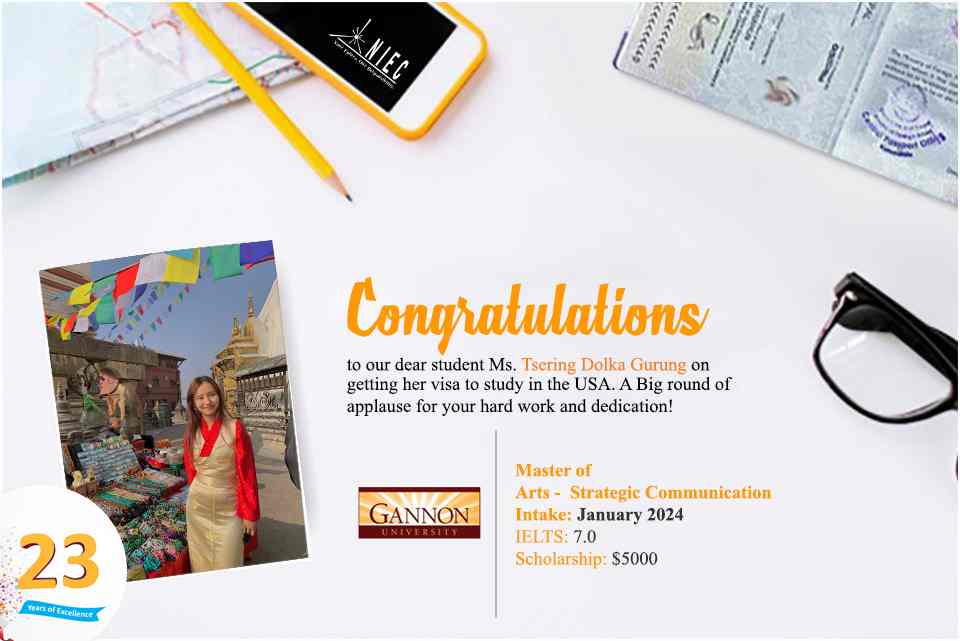
Where Success Speaks for Itself!
With over 25 years of experience, NIEC has guided students to study at top American universities. Recognized as the best consultancy in Nepal for USA, we offer expert counseling, university selection, visa assistance, and test preparation — all under one roof. Thousands of students have achieved their dream of studying in the USA with us. Join NIEC and begin your journey today!
For international students, the US education system offers world-renowned educational opportunities of all shapes and sizes. Students can choose from a variety of excellent education institutions and courses in cities and towns across the country. The education system in the US is divided into three levels: elementary/primary education, secondary education, and postsecondary/higher education (college or university). NIEC is the best consultancy in Nepal for study in USA, providing complete guidance for over 25 years and thousands of visa success stories.

Children attend elementary (primary) school for varying amounts of time. In most cases, they attend elementary until Grade 6.

After completing primary level education, student progress to one of the following: a junior high school for two years, a combined junior/senior high school (generally Grades 7–12), or a four-year high school also referred as secondary schools.

Higher education is also referred as post-secondary education. Postsecondary education includes non-degree programs that lead to certificates and diplomas plus six-degree levels: associate, bachelor, first professional, master, advanced intermediate, and research doctorate. Over 40% of American citizens between the ages of 25 and 64 have a post-secondary education.
USA offers endless study options but, following are the major degrees categorized in the higher education:

These programs are known as Intensive English Programs (IEPs) and they are designed to support students with limited English proficiency in improving their English in a short period of time which usually take as little as four weeks (short-term) to 10-15 weeks.
Associate degrees are usually obtained at a community college or Junior college. An associate degree requires earning roughly 60 credits, which is typically a two-year commitment for a full-time student.
An undergraduate degree or Bachelor’s degree usually takes four years to complete. Students can choose from the wide range of undergraduate courses offered at the universities in the USA. A full degree requirement is usually stated as being 120 credits (about 4O courses) for institutions operating on a semester system, and 180 credits for a quarterly calendar. An undergraduate student in the first year is called freshman, sophomore in the second, junior in the third and senior in the last and the fourth year. Courses in the first two years are referred to as “lower division” courses and the last two years are referred to as “upper division” courses. Visit NIEC, which is one of the best consultancy in Nepal for study in USA.
A graduate degree or Master’s degree is comparatively shorter in length that is pursued after the completion of an undergraduate degree.The M.A., M.S., M.B.A. and other professional Master degrees require a minimum of one academic year. More often, a graduate degree requires 18 months or two years of study time. A master degree will usually require a minimum of about 30 credits up to a maximum of 60 credits, and an average grade of “B.”
The Doctorate Degree covers many fields of specialization and requires a minimum of three to four years of study. Most graduate schools do not require that a student fulfill the specific requirements for the Master’s degree before becoming a candidate for the Doctor’s degree, although many students find it desirable to do so. Doctorates in Education, Science and Law are sometimes labeled as Ed.D. Sc.D., Jur.D. But most doctorates are known as Ph.D. (Doctor of Philosophy) degrees.
Colleges and universities can be divided into two-year institutions and four-year institutions. Four-year institutions include public and private colleges and universities as well as liberal arts colleges. Two-year institutions include community colleges.
Public universities in the US, also often called state universities, receive some level of public-sector funding, via the state government. State universities are often (but not always) part of a state university system. This is a collection of public universities which operate separately, in different locations of the state, but with some shared management and administration.
Community colleges are also known as junior colleges and are also supported by state funding. They typically offer the chance to complete an associate’s degree, an undergraduate-level qualification which usually takes two years to complete. Community colleges are also often called “two-year colleges”. Community colleges tend to be on the smaller side, and their tuition fees are typically much lower than those at other types of university in the US.
Majority of students in the US attend public universities/ colleges and private universities account for a significant proportion of enrolments – and many of the country’s most elite and globally famed institutions. Private universities include top ranked institutions like Massachusetts Institute of Technology (MIT), Harvard, Yale, Princeton, Stanford, Caltech, Columbia, Cornell, Johns Hopkins, and many more.
Overall, fees at private universities tend to be higher than those at public universities and colleges. Visit NIEC, for expert counseling for over 25 years of excellence and which is one of the reputed and best consultancy in Nepal for USA Education.
This type of university which is especially prevalent and popular in the US, focus on teaching undergraduate-level courses in the liberal arts and sciences (although some also offer graduate-level programs and more vocational subjects such as medicine, business administration or law).
American degrees, both undergraduate and graduate, are earned on the basis of the number of courses successfully taken. Each course earns “credits” or “units”, which are known as credit hours, semester hours (for schools on the semester system), quarter hours (for schools on the quarter system) or merely hours or credits.
NIEC is the best consultancy in Nepal for students who are planning for studies in the USA in 2025. With 25 years of experience, NIEC provides professional guidance to students regarding the heavy task of university applications and obtaining their study visa. If you are a student seeking options, or if you need help with your application, then NIEC promised to make the process as easy and bedridden as possible. Know important USA student visa social media rules to avoid mistakes during your visa process!
There are over 4,000 accredited colleges and universities in the US, ranging from large research universities to small private colleges, state universities, community colleges, and specialized and technical
institutions. American universities and colleges offer a myriad of courses and programs to choose from. You have the freedom to not only select the course content, but also the structure. At the undergraduate level, you have the liberty to pursue different courses before they you declare your major at the end of the second year. Similarly, for your graduate studies, you can choose your preference when you progress for your dissertation where you can focus on the ideas you want to emphasize.
The admission procedures, entry requirements, tuition fees and scholarship help you make your decision as these are the major factors to consider when choosing you course and university.
While seeking application to American universities, personal assistance specific to the academic goals of every student is assured by the NIEC. The NIEC provides a grip on rigorous details pertaining to university programs that help the students choose an appropriate one for their future. Further, the crew of NIEC assists its students at every step of the student application process, making sure that every necessary document and form is filled out and done so correctly.
Once you have decided which university and course you would like to apply, then the next step to start is the application process. There is no limit on the number of universities and colleges a student may apply to in the US and it is suggested that students check the university’s website on how they can commence their application process which is usually by applying online.
Most institutions have an online application process available on their websites. Some institutions will only accept online applications while others will accept online or paper applications. After filling the online application form, you have to pay the application fee to submit the application. You can also request for the application fee waiver. It is very important to submit your application before the deadline mentioned. Universities are very serious about their deadlines, so you must meet them in order to be considered for admissions.
You can also apply through Common Application. With this application you can apply up to 20 universities. You must upload the required documents as suggested in the university website or send all the required documents to international admission email. You can check your eligibility criteria and apply for scholarships if you meet the requirements.
When you submit your complete application package, the university will contact you with an admission offer. You can simply confirm your acceptance to get an admission to the university. You can also email or contact the university’s Office of Admissions and ask for the detailed information on the application process.
For the students, one of the hardest tasks is acquiring a study visa, which NIEC does exceptionally well as a significant plus for all students. From outlining the specification for visa requirements to interview preparation, everything concerning study visa application gets well supported by NIEC. Their professionalism augurs well for successful visa approvals.
The tuition fees vary depending upon your course and university however you’ll find two bands of fees listed: a lower rate for “resident” or “in-state” students (students from within the same state), and a higher rate for “non-resident” or “out-of-state” applicants. International students either pay the same fees as out-of-state students, or a separate international rate.On average, the tuition fees for an international undergraduate student is $20000 to $40000 per year and the tuition fees for a post graduate degree is $20000 to $ 30000 per year.
There are plenty of scholarship opportunities for international students. Here is an overview of the types of scholarships available for international students so that you can start looking for them.
Merit Scholarships
Merit scholarships are given based on the student’s excellence.
There are many types of merit scholarships, including:
Need-Based Scholarships
These scholarships are given to students based on their financial need. Unfortunately, many needs-based scholarships are only available to US residents. However, some universities and colleges do give out needs-based scholarships to international students.
Privately-Funded Scholarships
Sometimes private organizations or donors fund scholarships for international students. Most importantly, you should start early! The earlier you start searching for a scholarship, the more time you will have to
apply and ensure you meet all eligibility requirements. Visit NIEC, which is one of the best consultancy in Nepal for study in USA and claim your scholarships now!
The application deadline for different universities might differ but generally, universities in the USA offer 4 types of application deadline options. Under each type of application deadline, a student can apply for fall, spring or summer semester. Most of the deadlines for fall and summer semester are same whereas spring semester deadlines are mostly not available in the early decision option. If you’re considering studying in the USA, visit NIEC for expert guidance on educational opportunities. NIEC is one of the best consultancy in Nepal for USA.
Regular Decision Application Deadlines
Regular decision Application is the most preferred application deadline among the students. These deadlines usually fall in the beginning of January. The most common Regular decision deadline is January 1 and January 15.
Early Action Deadlines
Early action deadlines push the application timeline early by a few months. The most common early action deadlines offered by universities and colleges are November 1 and November 15. Under early action application, a student is either accepted, rejected or deferred.
Early Decision Application Deadlines
A major difference between early action and early decision application is that early decision applications are binding. When a student applies for early decision application, he/she is expected to sign a contract with the school that they would take admission in the school if selected.
Early decision application deadlines are of 2 types- ED I and ED II. ED I deadlines usually coincide with early action deadlines whereas ED II deadlines fall in January. Results are notified in February for both ED I and ED II.
Rolling Admission
Rolling admission and regular admission look a lot alike with one key difference. Colleges with rolling admissions evaluate applications as they are received versus waiting to evaluate all applications after a hard deadline. Schools will continue to evaluate applications until they’ve filled all the slots for their incoming class.
Different levels of education in the USA have different entry requirements for admission depending on what program you choose.
In order to gain entry into either Bachelors or Master’s degree, you will require a minimum of 2.5 out of 4.0 GPA, 60% or equivalent in your previous qualification. Again, the requirements could vary depending on the choice of your course and university and it is always better to check the entry requirements of the particular course and university. Visit NIEC, for best counseling services in Kathmandu Nepal for study in USA for your study plan!
A common entry requirement is your English language Proficiency Test which most commonly includes TOEFL or IELTS. International applicants are also required to obtain a Standardized test certificate: the Scholastic Assessment Test (SAT I) for Bachelor’s Degree and Graduate Management Admission Test (GMAT) or, Graduate Record Exam (GRE) for Master’s Degree.
The minimum IELTS score requirement in the US ranges between 6.5 and 9.0 depending upon the course and university one is applying to. TOEFL scores required can vary from 65 to 85 on the internet-based test. However, to get admission to Ph.D. in USA, you must present higher scores.
“The I-20 is a multi-purpose document issued by a government approved, U.S. educational institution certifying that (1) a student has been admitted to a full-time study program and (2) that the student has demonstrated sufficient financial resources to stay in the U.S.” Visit NIEC, which is one of the best consultancy in Nepal for study in USA for earlier I20!
Estimated living cost for the US is around $10000 to $12000 per year, which averages around $700 to $1000 per month. This includes your accommodation costs, room, and board, food, travel, textbooks, weather appropriate clothing and entertainment expenses as well. Your day-to-day living expenses will vary depending on what state or city you live in.
For international students housing is often available on campus (though it is not as available at community colleges). If the student prefers off-campus housing, they will generally be required to research options independently, though their institution may also be able to provide a list of current available private accommodation. Students interested in private, off-campus accommodation should explore options prior to arriving, and should anticipate a hotel stay when they do arrive of 3–5 days until their accommodation is secured.
Generally, a citizen of a foreign country who wishes to enter the United States must first obtain a visa, either a non-immigrant visa for temporary stay, or an immigrant visa for permanent residence. You must have a student visa to study in the United States. Student visas for new students can be issued up to 120 days in advance of the start date for a course of study. Students will not be permitted to enter the US in F-1 status earlier than 30 days before their start date at the school.
There are several steps to apply for a visa. At first, you have to fill the online Non-immigrant Visa Application: Form DS 160. To complete the DS 160 form, you must have your 2*2 photo, I-20, Passport and other required information. You should schedule an appointment for your visa interview at the U.S Embassy. After you schedule the interview date, you have to pay SEVIS fee a week before the interview. Visit NIEC, which is one of the best consultancy in Nepal for study in USA.
5DS 160 form is an online non-immigrant visa application form filled by students to apply for their F1 (student) visa. After you have completed the DS-160, you must take these next steps below:
SEVIS stands for Student and Exchange Visitor Information System. It is a nationwide, internet-based system that the U.S. government uses to maintain accurate and current information on non-immigrant students (F and M visa), exchange visitors (J visa), and their dependents (F-2, M-2, and J-2). When your initial I-20 is printed out, it comes with a barcode and a unique SEVIS ID number. This SEVIS ID should stay with you for as long as you study continuously in the U.S. even if you change your major or transfer to a new school.
You must pay the SEVIS I-901 Fee, which is a one-time fee for each program in which the student or exchange visitor participates. Visit NIEC, which is one of the best consultancy in Nepal for study in USA.
If your visa has been approved, you will be informed how and when your passport and visa will be returned to you. Once you receive your student visa, you must let the university know about it. Students on F 1 visas are not permitted to enter the United States earlier than 30 days before the start date of their program.
Tuition fees must be paid after you get the visa approval. You must pay for your first semester (tuition, fees, room, and board –if living on campus) before the start of classes.
There is a possibility that your F-1 visa application can be denied. If this happens, you will be given detailed reasoning, including the section of the law that led to the denial of your application. To avoid having your F-1 student visa application denied, it is important to read and follow all instructions carefully. Always double- and triple-check your documents before submitting your application.
If your visa has been refused, you may reapply in the future. If you reapply for a visa after being found ineligible, you must submit a new visa application and pay the visa application fee again. Visit NIEC, which is one of the best consultancy in Nepal for study in USA.
Once you have been granted with your F-1 Visa, you can now prepare to begin your student life in the USA.
You must make a list of what to pack as being organized will save you a lot of time and hassle. It is also good to know what you need to bring from home, or what you can buy in your new town. Generally, students are required to carry with them their essential documents and pack essentials like clothing items, laptops and other electronics, essential kitchen items and may be some spices, your cosmetics or toiletries and you can even pack few items that remind you of your home country.
Some of the important documents to carry are your valid passport, visa and I-20. Once you get your boarding pass, keep that safe in your bag. Keep some dollars, prescription medicines (if any) one or two clothes to change, face wipes, sanitizer, travel pillow and itinerary, put these items to hand carry.
A copy of all the important documents (Academic documents, photos), appropriate clothes according to the weather, toiletries items, first aid box, shoes-running, flip flops, college wear and extra money for emergency, these things should be put in the luggage.
The first step after you land is to clear US Customs and Border Protection. This organization is run by the US government and is designed to ensure that everyone entering the US is doing so legally. Customs is run by the Department of Homeland Security. Typically, when you land at an airport and disembark, you will follow signs to the US Customs. When you arrive at Customs, you will need to have your passport, visa and any other relevant documentation ready to show to the immigration officer.
When you arrive at the Customs, you will usually need to fill out a questionnaire that tells the immigration officer where you have just flown in from. After completing the information, you will take your documentation and your form to the immigration officer. The immigration officer’s job is to review your documentation and they will typically ask you a few questions about your stay in the US. Visit NIEC, which is one of the best consultancy in Nepal for study in USA.
Once you have successfully cleared Customs, you will leave the secure terminal and enter the baggage claim area. At this point, you will be able to collect your luggage and make your way to your first destination.
When you arrive at the Customs, you will usually need to fill out a questionnaire that tells the immigration officer where you have just flown in from. After completing the information, you will take your documentation and your form to the immigration officer. The immigration officer’s job is to review your documentation and they will typically ask you a few questions about your stay in the US.
Once you have successfully cleared Customs, you will leave the secure terminal and enter the baggage claim area. At this point, you will be able to collect your luggage and make your way to your first destination.
Student life in the US may be different than you expected and you will enjoy every opportunity that you have available at your university. The US is one of the most interesting places in the world and almost any young person has dreamed at least once of living in the amazing American cities.
Student life in the US may be different than you expected and you will enjoy every opportunity that you have available at your university. The US is one of the most interesting places in the world and almost any young person has dreamed at least once of living in the amazing American cities.
Most colleges and universities in the US offer on-campus housing usually known as “dorms”. Students under the age of 21 to live on campus for appropriate support, development, and academic success. Student over the age of 21 can choose to live off campus, if desired. Many first-year students prefer to live in on-campus dormitories because they are convenient to both academic and social activities. Students interested in private, off-campus accommodation should explore options prior to arriving, and should anticipate a hotel stay when they do arrive of 3–5 days until their accommodation is secured.
All students must be immunized (vaccinated) against certain communicable diseases. Student must submit the completed Incoming Student Health Forms before arrival on campus. If students do not receive the required immunizations and submit the necessary forms before they arrive on campus, there may be serious consequences, such as not being allowed to attend classes.
Health care in the U.S. may be quite different from that of your home country. Medical treatment is very good in US but American health care can be expensive—there is no socialized or national health care system in the U.S. Health insurance is necessary to help defray those costs.
Once you arrive on campus, you will be issued an ID card by your institution. These cards allow you to access things on campus such as dining halls, fitness centers and computer lab machines. However, your student ID can also serve as a discount card around town and on campus. Many college towns have a ton of stores and restaurants that offer a discount to students with a valid student ID.
The ISIC is the most widely accepted form of student ID card. While your regular student ID may or may not be recognized when traveling abroad, the ISIC is accepted as proof of student status in more than ninety countries around the world. Visit NIEC, which is one of the best consultancy in Nepal for study in USA.
The United States is a safe place to live. But like any large country, some areas are safer than others. Regardless of where international students choose to study in the US, it is often said that the American society is the epitome of freedom, fun and opportunity and it is quite true. Once a student decides to take admission to an American university, it brings in a lot of enthusiasm and freedom from the word go. Studying in U.S. can give you opportunities to know and learn about other cultures and sharing your culture with your international friends. Most universities have international student offices. Staff and faculty members ensure a better support and guidance to international students. During your stay in U.S, you may also gain essential life skills such as communication and social skills. Campuses in the United States are highly sociable, most universities have their own facilities for sports and evening entertainment.
It is easier for a student to handle finances if they have a bank account in a USA bank. Anything from money deposits to receiving loans can be done with the help of a bank account.There are 2 types of bank accounts in the United States of America. Savings Account and checking Account. Most International student preferred to open checking account.
To open a bank account in the US, you need to carry a few documents such as your identity document with your name, date of birth, address and an identification number.
Unlike many other developed nations, USA does not provide free healthcare. Therefore, as an international student studying in the US, it is usually mandatory for you to ensure that you are covered by a health insurance plan. All international students on non-immigration visa are required to sign up for its “Student Health Insurance Plan”.
In case of a non-emergency, private practitioners treat the patients by appointment, during normal office hours.
Depending on the college or university where you are, you may have the opportunity to work on campus up to 20 hours per week during school term in the first year of study. In holidays and summer vacation, when there is no class, you can work up to 40 hours per week. International students who have an F-1 are allowed to work on-campus and in specified training programs. Students are not allowed to work off-campus during their first academic year. Visit NIEC, which is one of the best consultancy in Nepal for study in USA.
Once the international student has been approved for employment in the US and starts working, they need a Social Security Number (SSN). Students should wait until they are in the US for at least 10 days and have reported to their educational institution, before applying for a SSN. A Social Security number is also required to collect Social Security benefits. Social Security numbers generally are assigned to people who are authorized to work in the United States. Social Security numbers are used to report your wages to the government and to determine eligibility for Social Security benefits.
In order to drive in the United States, you must have a valid driver’s license. You can either apply for a state license or you can use your driver’s license from your home country in addition to an International Driver’s License, which translates the information from your original license. Please note that an International Driver’s License is only valid for one year. After that, you must apply for a State License.
As an international student studying in the United States, you may be able to travel during your time of study. Students sometimes have to take a break from studies, for such reasons as vacations, family emergencies, or a need to seek medical treatment outside the US. In cases like these, students must make sure to take the appropriate steps before you travel to ensure a smooth reentry into the United States but your absences cannot exceed 5 months. After that, your visa will no longer be valid.
You can invite your parents to visit you in the US but they need to apply for visitor visa. To apply for visitor visa, you should have invitation letter. The initial validity of the B1 visa is 6 months.
F-1 students can remain in the US for up to 60 days after
their course of study is over (i.e., the program end date on their Form I-20),
so it’s better to start planning for your course of action before you graduate.
Once the study program is over, you will have 60 days to leave the country, get a new visa or otherwise validate your stay in the country. If you would like to stay in the US after you have completed your program, the first possibility you should consider is the Optional Practice Training (OPT) program. Under OPT, the students can stay in the US for up to one year and apply for employment-authorized practical training in the field they graduated in. This poststudy work visa (USA) allows students 60 days after the completion of their study and training to depart from the US. OPT is an opportunity for F-1 students to gain work experience to complement their academic program; as such, the work must be directly related to the student’s major area of study.Science, Technology, Engineering and Mathematics (STEM) graduates have the option to extend their program by 17 months (to total 29 months). Visit NIEC, which is one of the best consultancy in Nepal for study in USA.
The cooperation of NIEC with other top universities around the world gives students plenty of options when they’re applying to the top universities in the USA. The right training and assistance help every student make confident applications to universities within their dreams.
For Bachelors or Master's degree, you will require a minimum of 2.5 out of 4.0 GPA, 60% or equivalent in your previous qualification.
US universities want to check your proficiency in the English Language and they require you to take an English Language Proficiency Test like TOEFL or IELTS. Over 3,000 institutions and programs in the USA accept IELTS scores as proof of English language skills.
The minimum IELTS score requirement in the US varies between 6.0 and 6.5 depending upon the course and university one is applying to. TOEFL scores required can vary from 65 to 85 on the internet-based test. However, to get admission to Ph.D. in USA, you must present higher scores.
Scholarships in the U.S. are awarded based upon various criteria. Some scholarships for college are merit-based. Merit scholarships might be awarded based on academic achievement or on a combination of academics and a special talent, trait, or interest. Other scholarships are based on financial need. Colleges also offer scholarships based on SAT/GRE Scores and other academic achievements like a good GPA and excellent academic record.
Yes, it is possible to apply without IELTS/TOEFL but you have to apply for the ESL program. These sessions take as little as four weeks (short-term) to 10-15 weeks.
Various study programs have varying tuition fees however, on average the fees ranges as below:
English Language Studies: USD 700 to USD 2,000 per month
Community Colleges: USD 6,000 to USD 20,000 per annum
Undergraduate Bachelors Degree: USD 20,000 to USD 40,000 per annum
Graduate Degree: USD 20,000 to 30,000 per annum
Doctoral Degree: USD 28,000 to USD 55,000 per annum
A minimum bank balance of around 36,000 US Dollars is required to apply for USA universities as it would be able to cover your tuition fees, living costs, insurance, and other expenses.
There are usually three intakes offered depending on the university however, Fall (August) is the major intake for international students where more international students apply for admissions as the opportunity to obtain a scholarship is higher in this intake.
You will require your entire Academic documents from your SEE to your last academic qualification, proof of finances (bank certificate) your English language proficiency certificate, SAT/GMAT/GRE Scores if you have given exams and usually three recommendation letters.
You can apply for your USA F1 student visa 120 days prior to your class start date.
I-20 is the acceptance letter from college or University that provides details on your study program, tuition fees, and scholarship.
After receiving I-20, you have to fill DS-160 Non-Immigrant Visa Application. We will guide you in this process. The fee for DS-160 Non-Immigrant Visa Application is $185 only.
The Student and Exchange Visitor Information System (SEVIS) is an Internet-based system that tracks F, M, and J visa participants (and their family members) from the time they receive their initial documentation (either an I-20 or a DS-2019) until they graduate/leave school or conclude/leave the program. You will need to pay a separate SEVIS fee in addition to the visa application fee. For nonimmigrant students with Form I-20, the SEVIS fee is US$350.
Upon your visa grant, you can go to the US one month prior to your class start date.
International students in the US may need health insurance to enroll at the university, but not necessarily to get an F1 visa.
Most selective colleges and universities require one to three recommendation letters with your application, usually from your guidance counselor and at least one teacher. Recommendation letters are typically submitted electronically through the school.
You can pay your tuition fees when you have been granted with your visa. Your university will provide you the details on making the payment.
OPT is a temporary authorization offered to students on F-1 visa to work in their related field for a period of total 12 months. CPT is a temporary work authorization provided to the students on F-1 visa, which is directly related to their majors for a period of total 12 months.
Visa officers of the USA embassy usually decide your visa by reviewing your academic history, financial ability, your ties in your home country, your intention to return back home, your research on the subject, and more importantly your ability to convince him that you are a genuine student.
The application deadline for different universities might differ but every university in the USA offers 4 types of application deadline options that include Regular decision, Early action, Early decision, and Rolling Admissions.
Yes, the application fee ranges from $20 to $100 on average depending upon the institution. You can also request the application fee waiver.
If granted with your F-1 Student Visa, your visa will be valid for a period of 5 years.
NIEC is one of the best consultancy in Nepal for study in USA, with over 24 years of excellence and thousands of success stories.

Ready to get started or have any questions? Get in touch.
We are located at your favourite city
Useful Links
Contact Info









